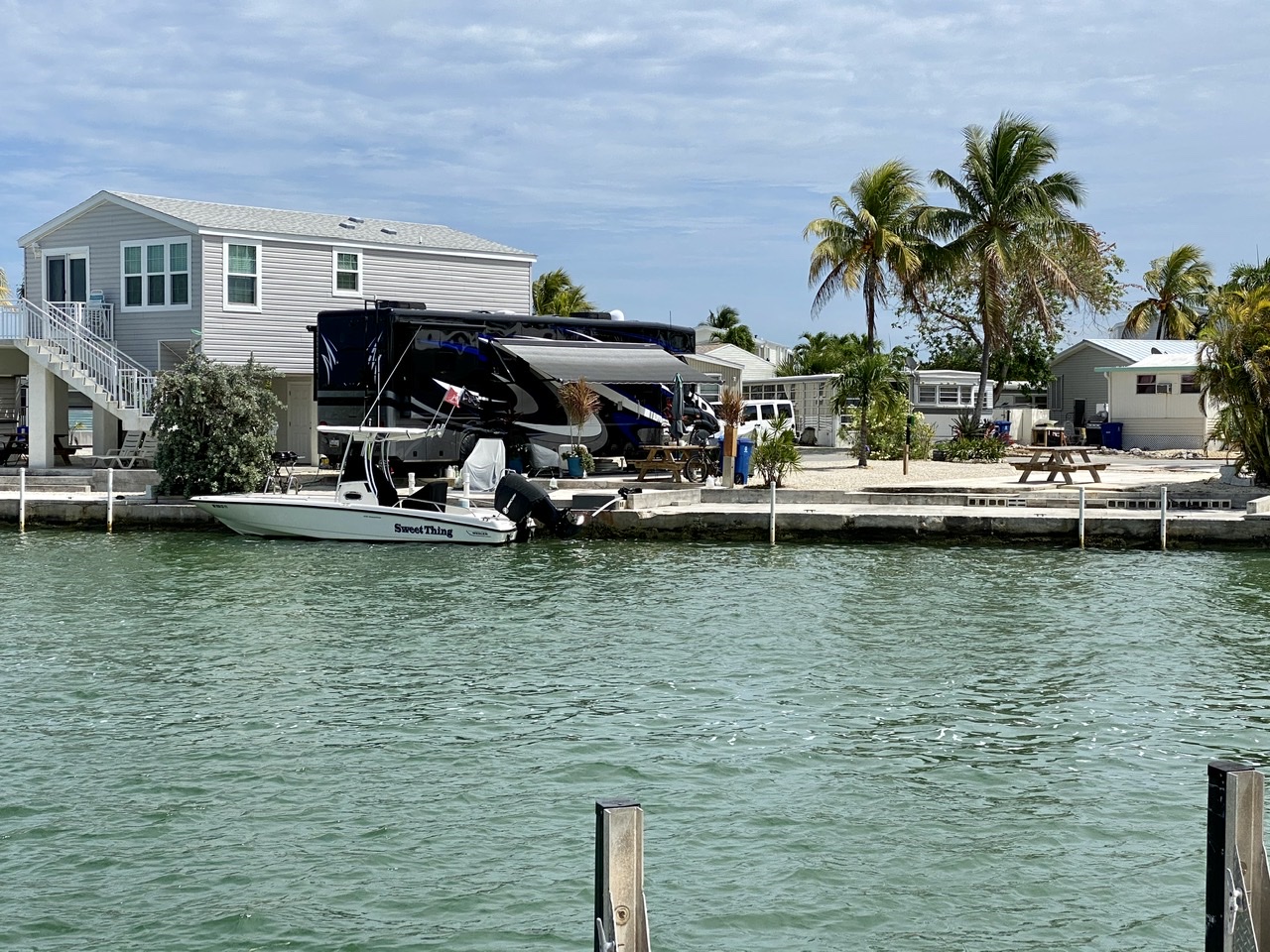It took us a good part of the day to travel the 262 miles to Valdez and our access to the Prince William Sound. A little over half of the trip was on the Glenn Highway that had lots of steep downgrades with sharp curves. The last 120 miles was on the Richardson Highway where we passed the Worthington Glacier and drove through the Keystone Canyon. We stayed at the Eagles Rest RV Park in Valdez. The management at the Park had mixed up the caravan reservations so we had to move our spot. We had just gotten set up and started washing the mud and dirt off the Jeep and RV when Mitch and us were asked to move. They had promised another 2 travelers the spots we were on for Saturday so we were not very kindly told we needed to move NOW. Because we had someone coming to see our ShowHauler, we didn’t get to go out to dinner as planned, but instead just had a quick dinner about 8:30. It had been a long day by that time so we just called it a night.
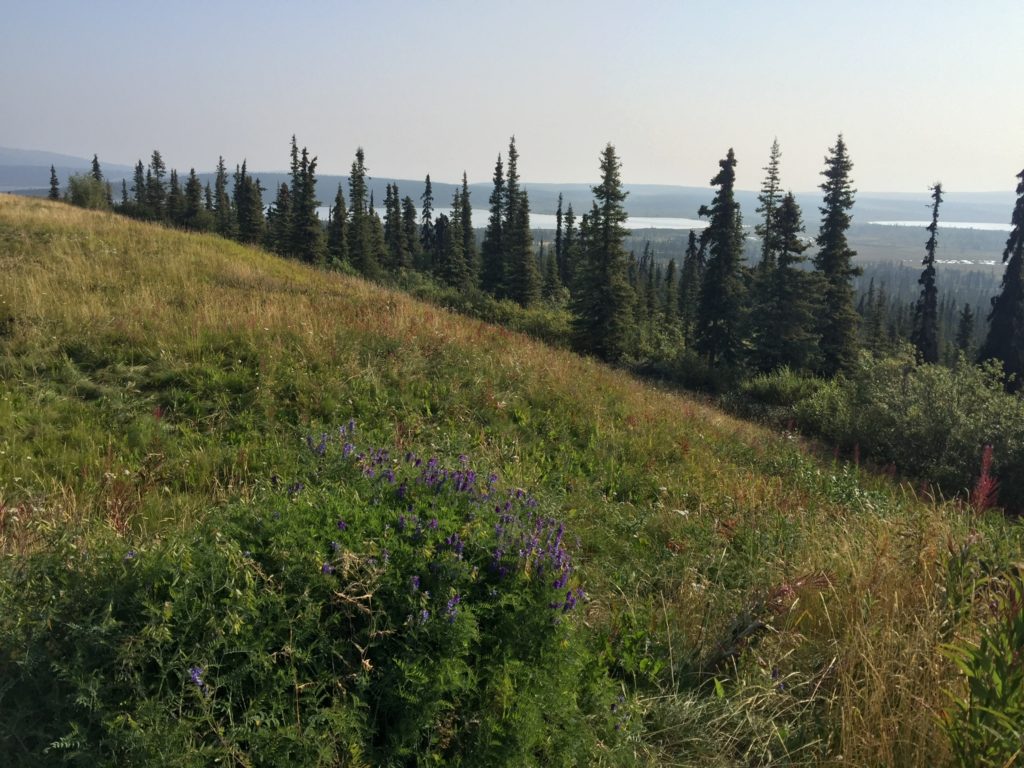
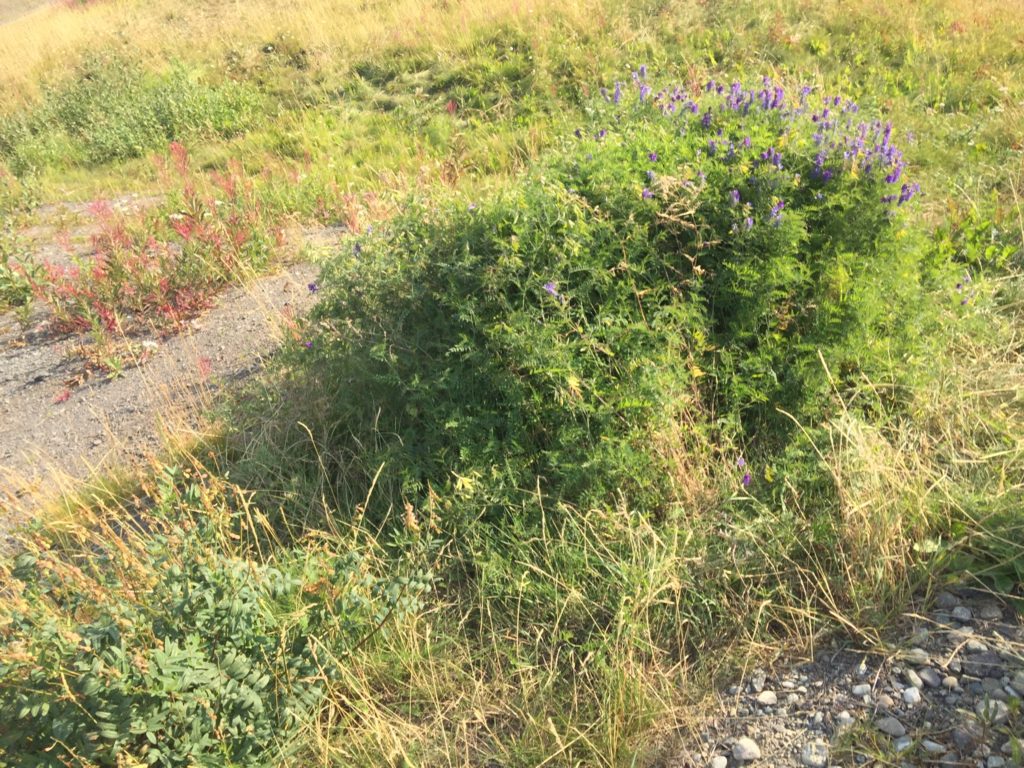
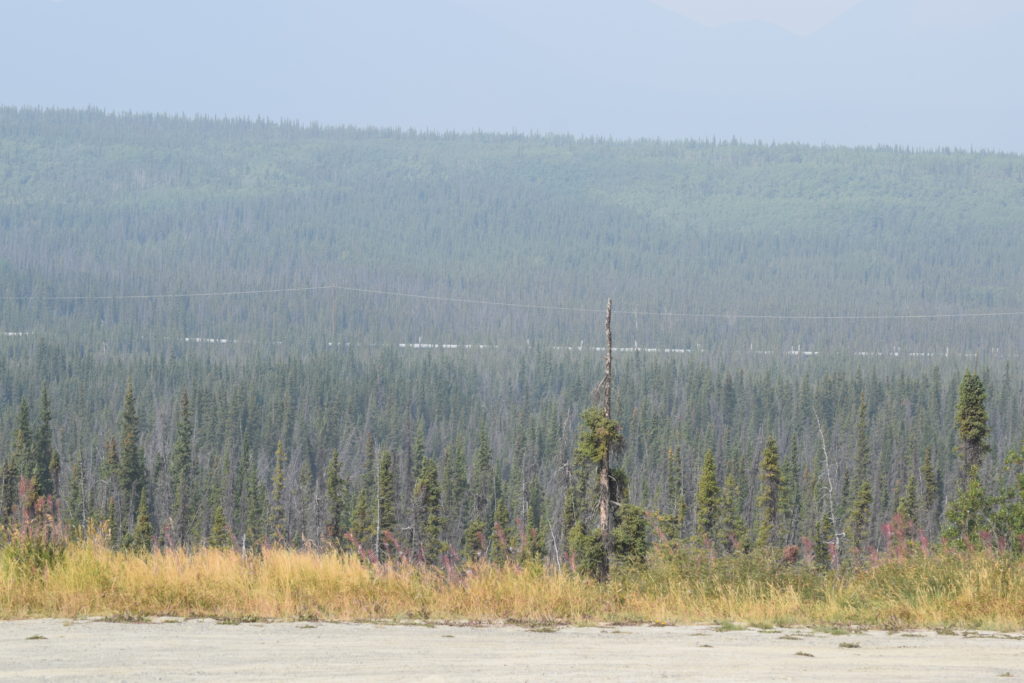
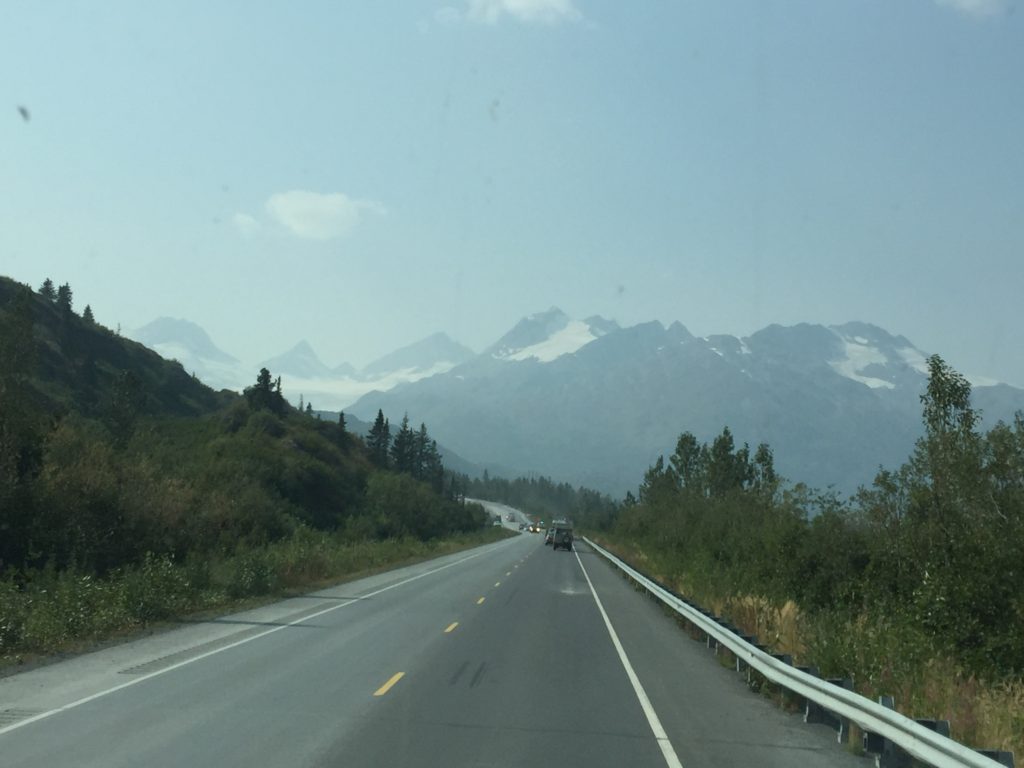
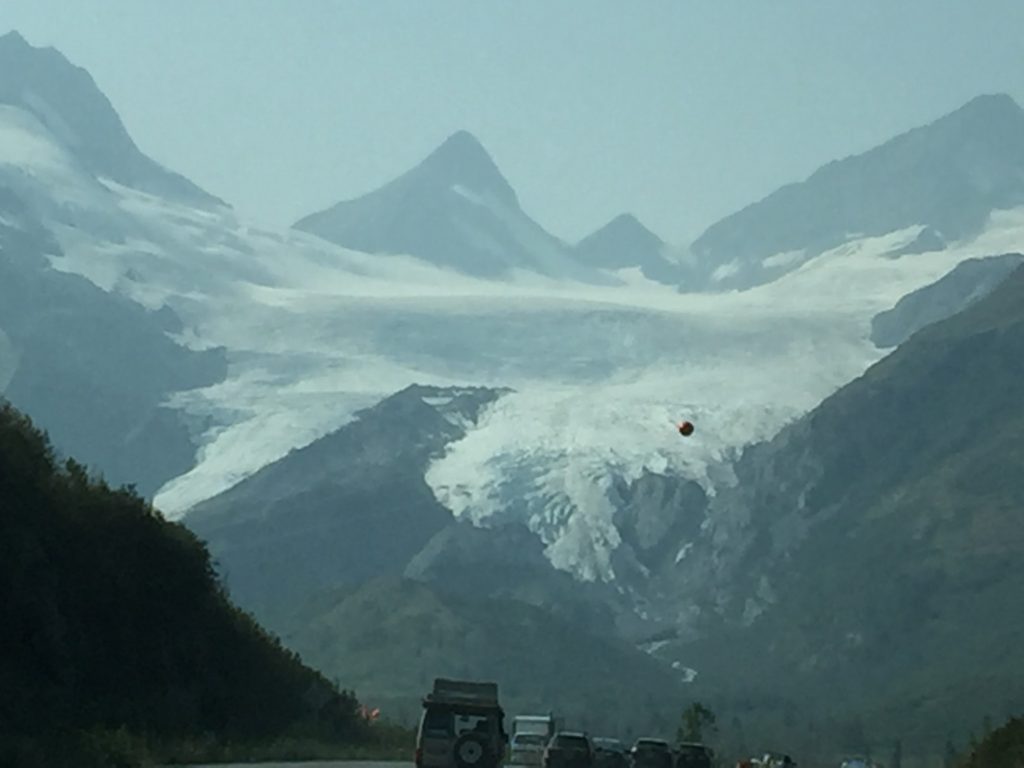
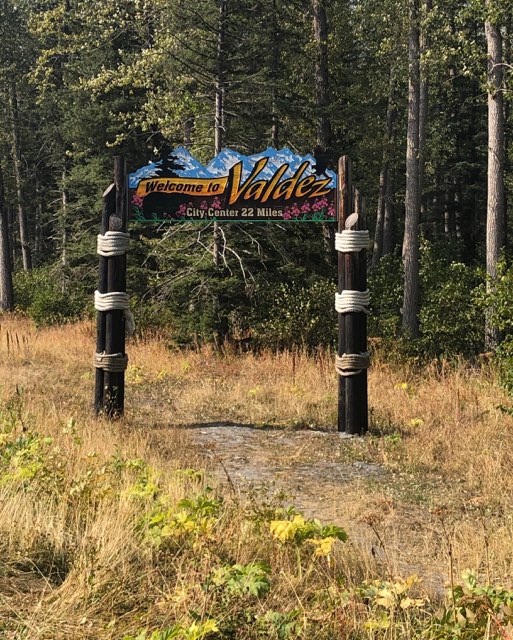
Our next day in Valdez was one of the highlights of our trip. We took the Stan Stephens Glacier & Wildlife Cruise of Prince William Sound. While Randy was in the pilothouse talking with captain, Victoria, he had to double check the depth of the Sound. It was reading over 800 ft. and later over 1,000 ft. I had no idea this body of water actually has a maximum depth of almost 3,000 ft. The temperature took a sharp drop when we approached the glaciers, especially with all of the floating ice near the Columbia Glacier. We could not get very close to the Columbia Glacier, but we were able to get very close to the Mears Glacier. Close enough to see Stellar sea lions and seals resting on the floating ice. We got to see small sections of ice calving off Mears Glacier, but even thought we stayed about half an hour, nothing but small sections of ice breaking off. While on this tour, in addition to the sea lions and seals, we were thrilled to see puffins, terns, cormorants, bald eagles, several bears on shore, sea otters, salmon jumping out of the water, a minke whale and a humpback whale. We even got to see ships from the show, Deadliest Catch, unloading salmon from the fishing fleet to take to the processors. Using these boats to take the salmon to the processor, allowed the fishing boats to continue fishing while their window was open to fish. We were later told that the fishing fleet has a specific number of days they can fish with as much as 2 million fish per day taken from the Sound. No wonder there are so many hatcheries! A small breakfast and afternoon chowder was served while cruising. We made friends with another couple that ended up joining us for dinner at The Fat Mermaid. Randy just had more chowder and I had their halibut. It was good but not great, especially for how expensive it was.
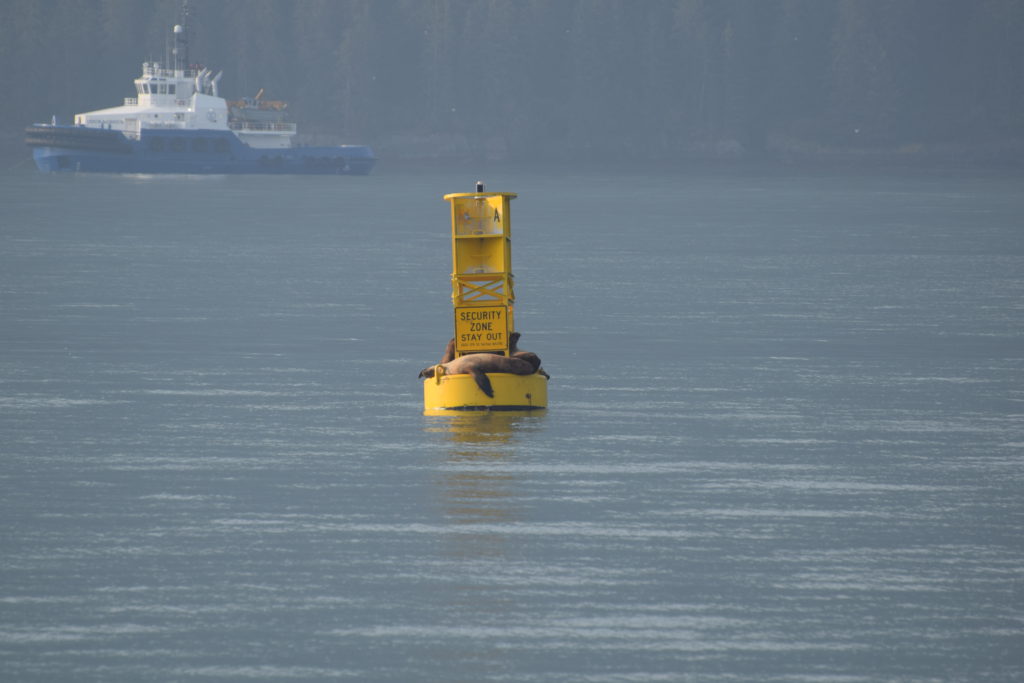
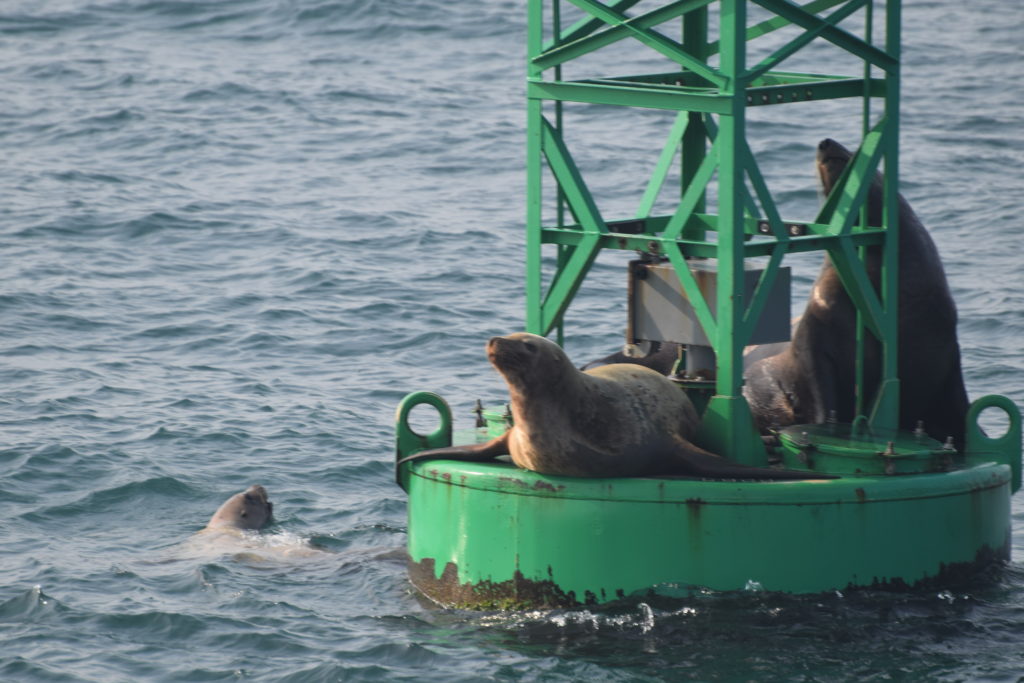
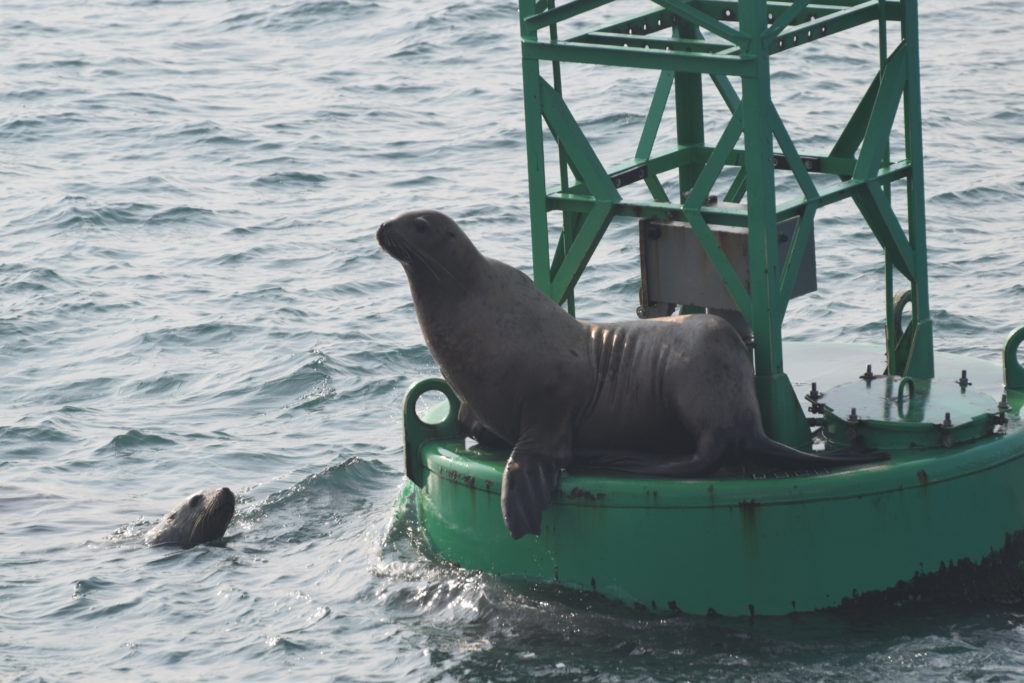
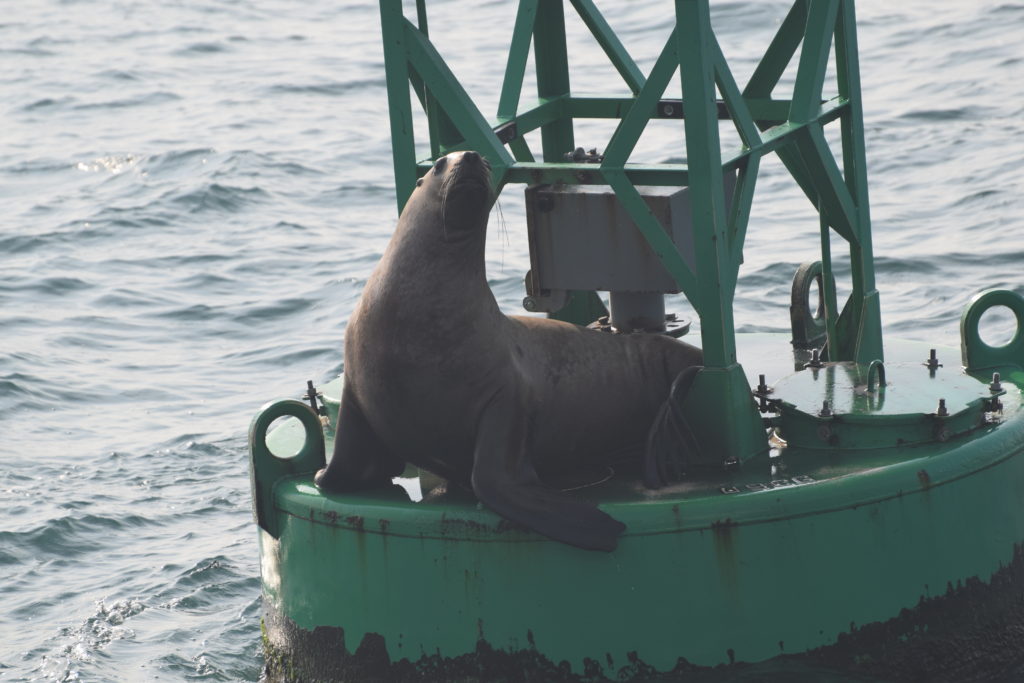
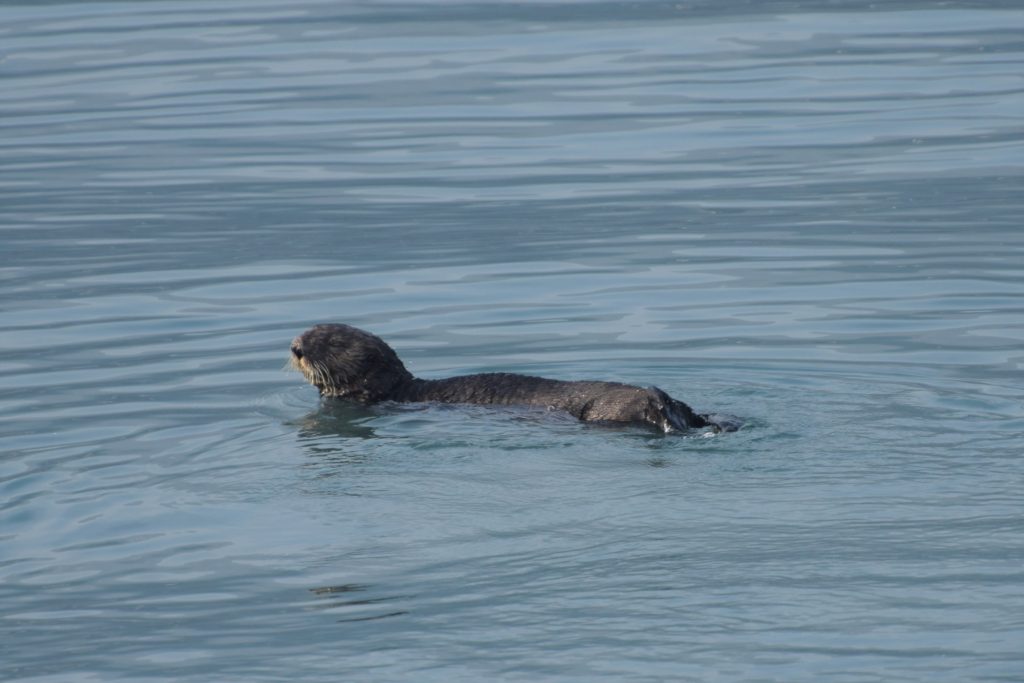
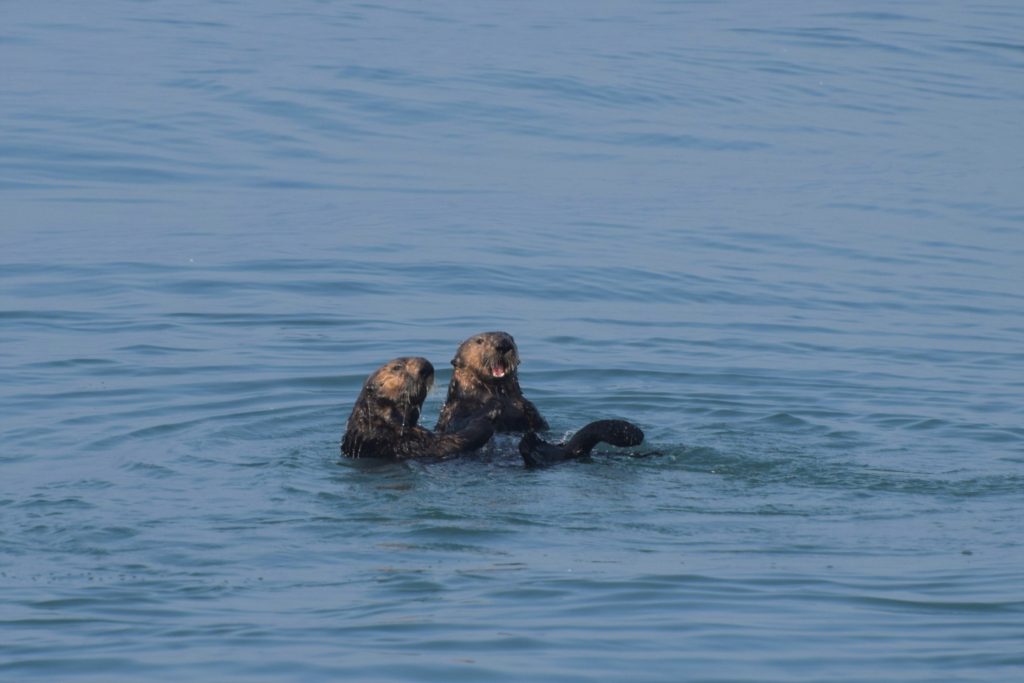
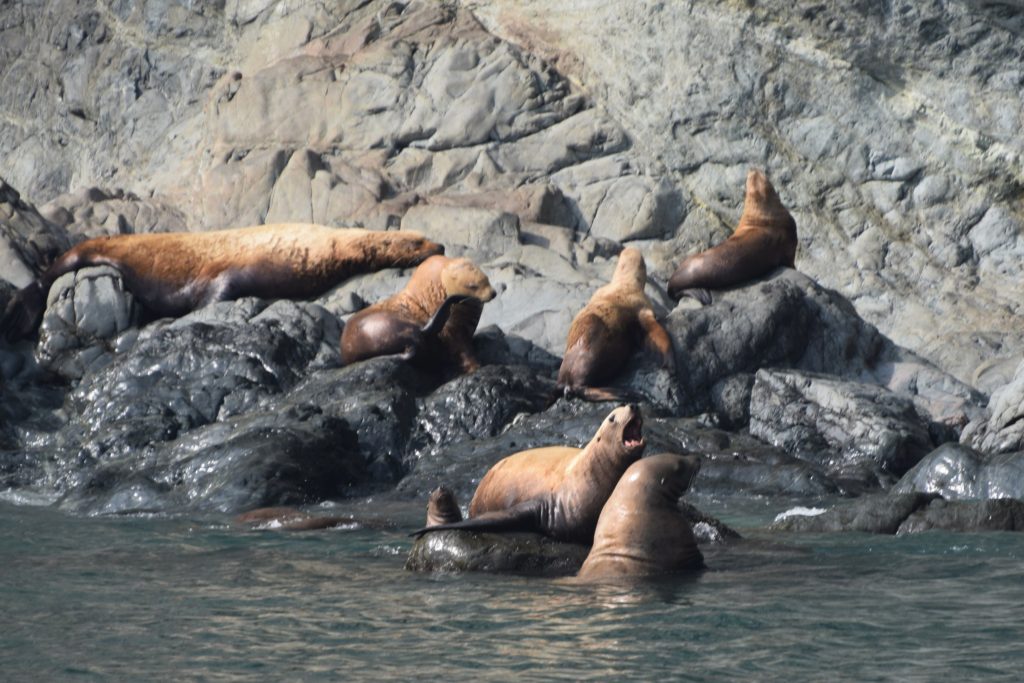
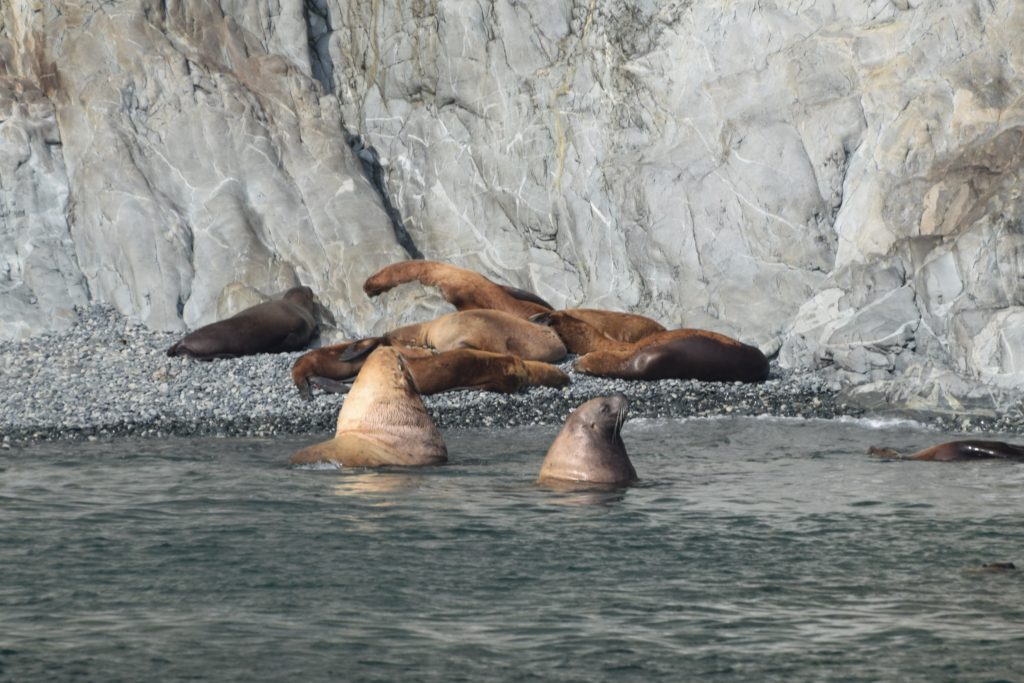
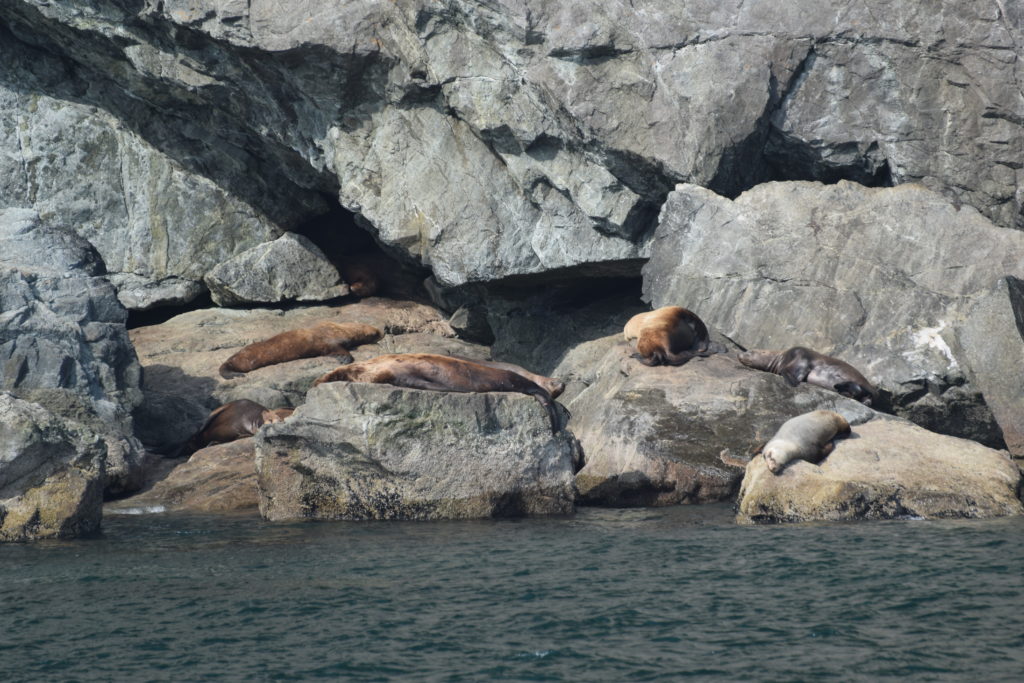
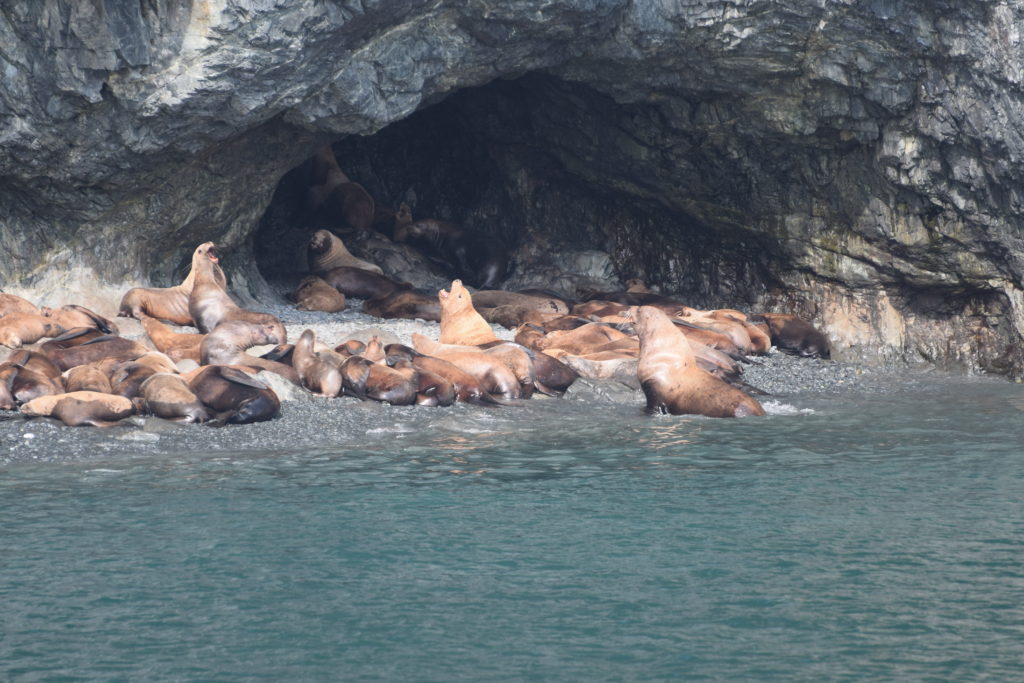
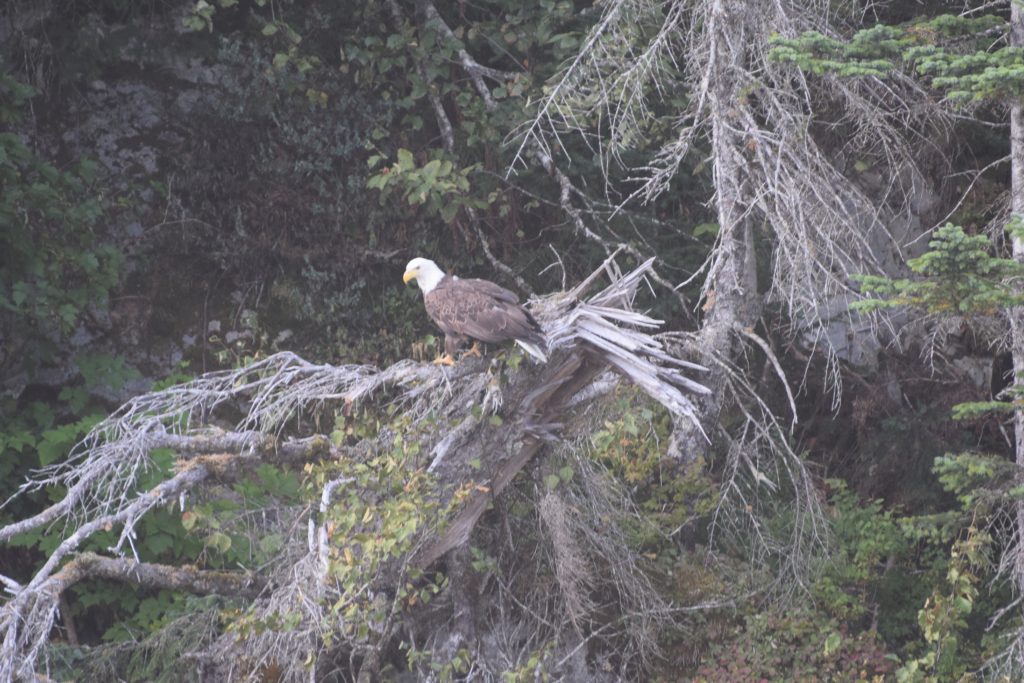
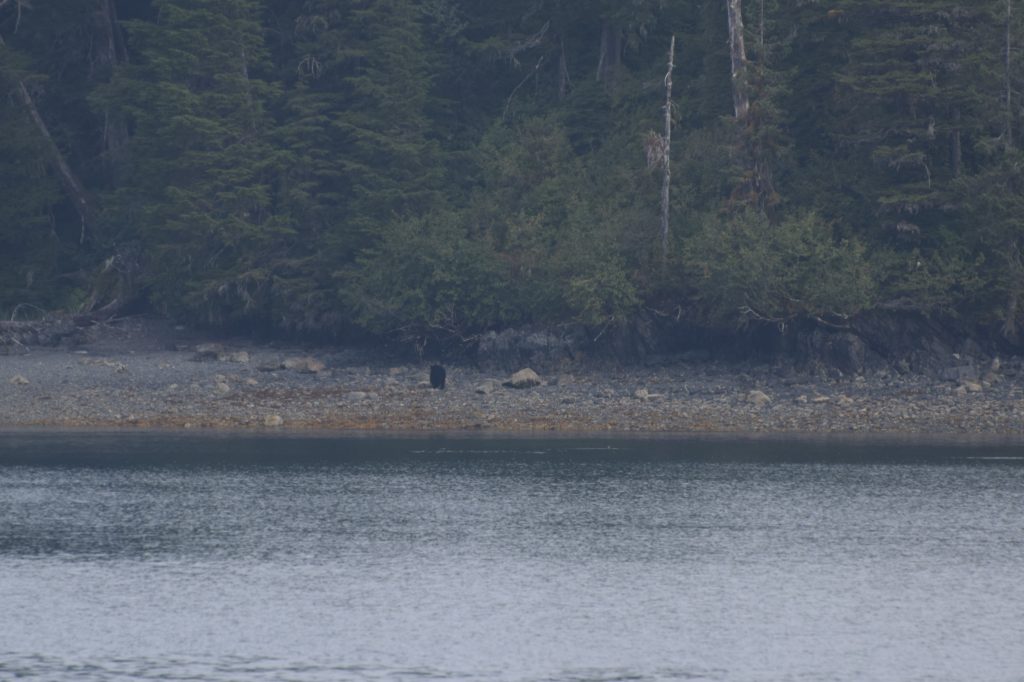
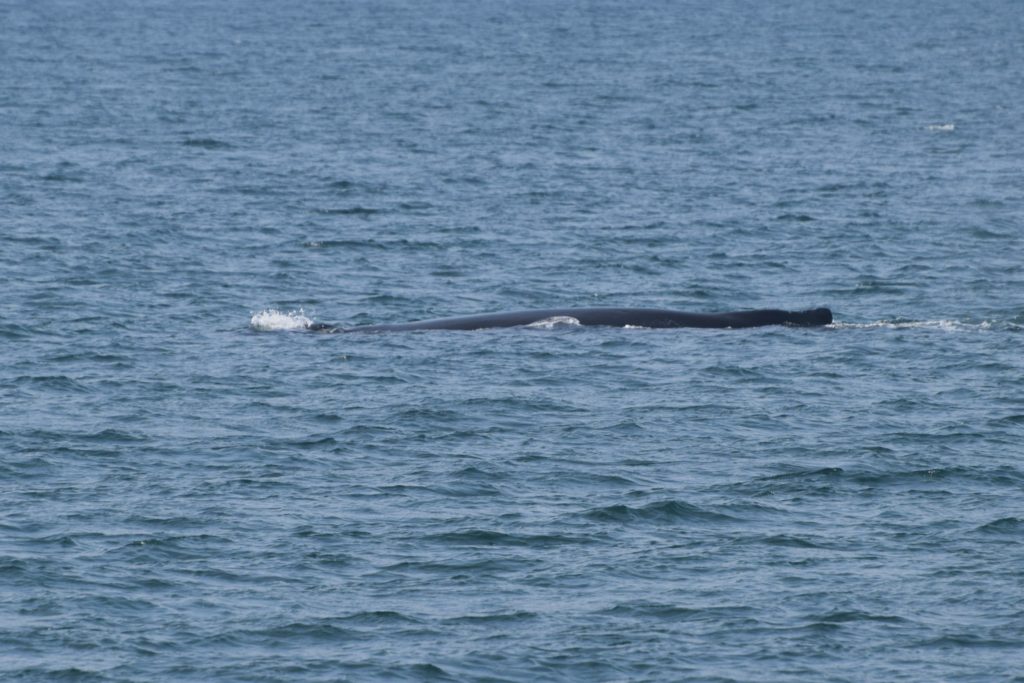
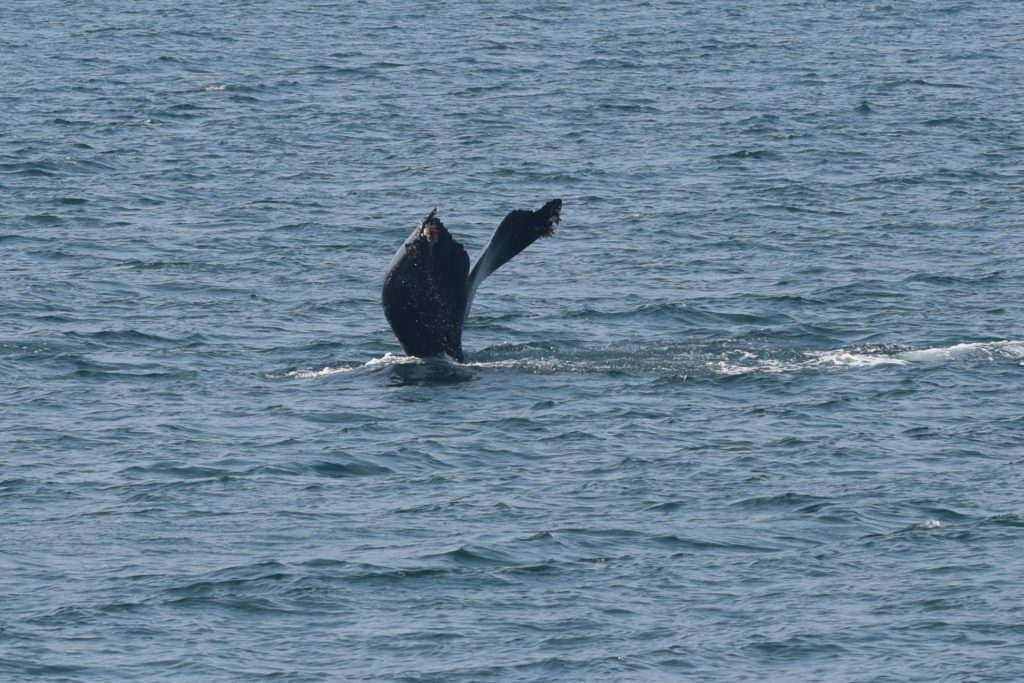
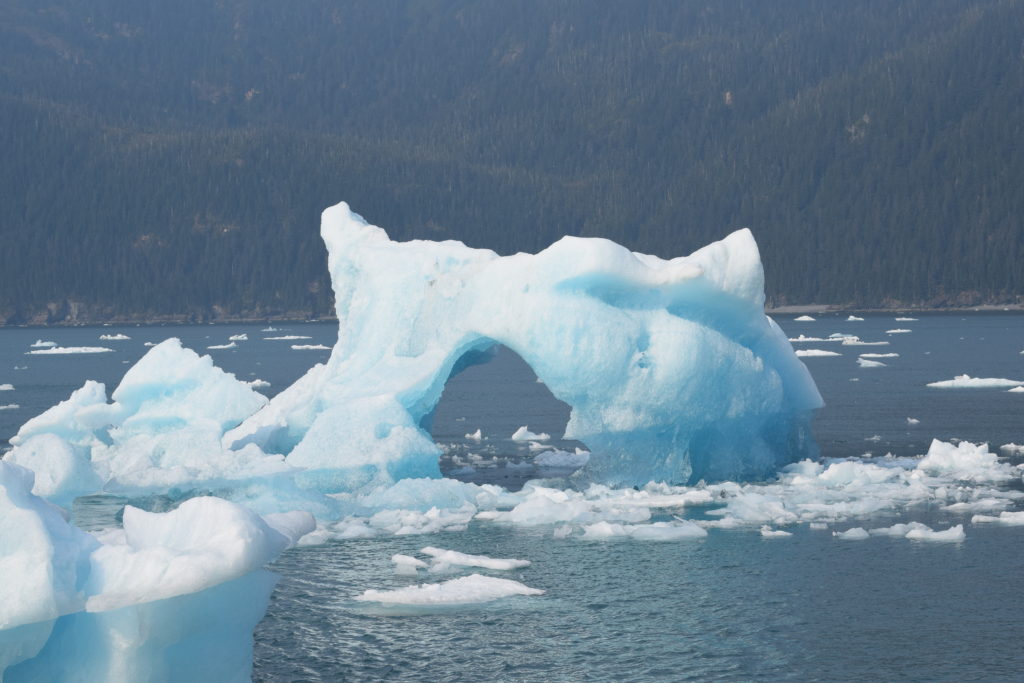
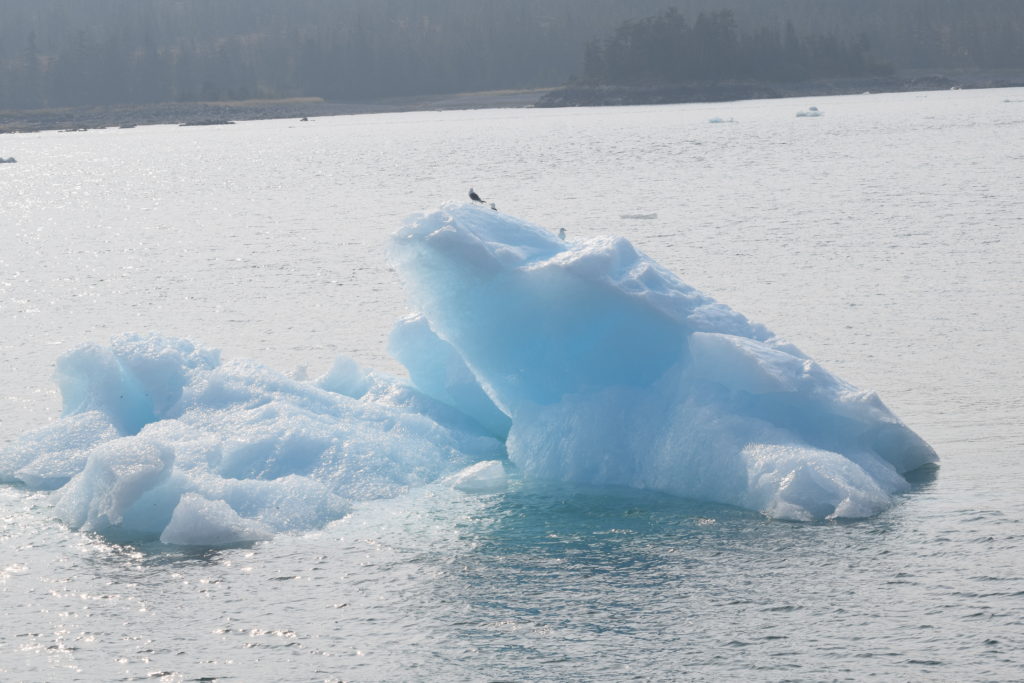
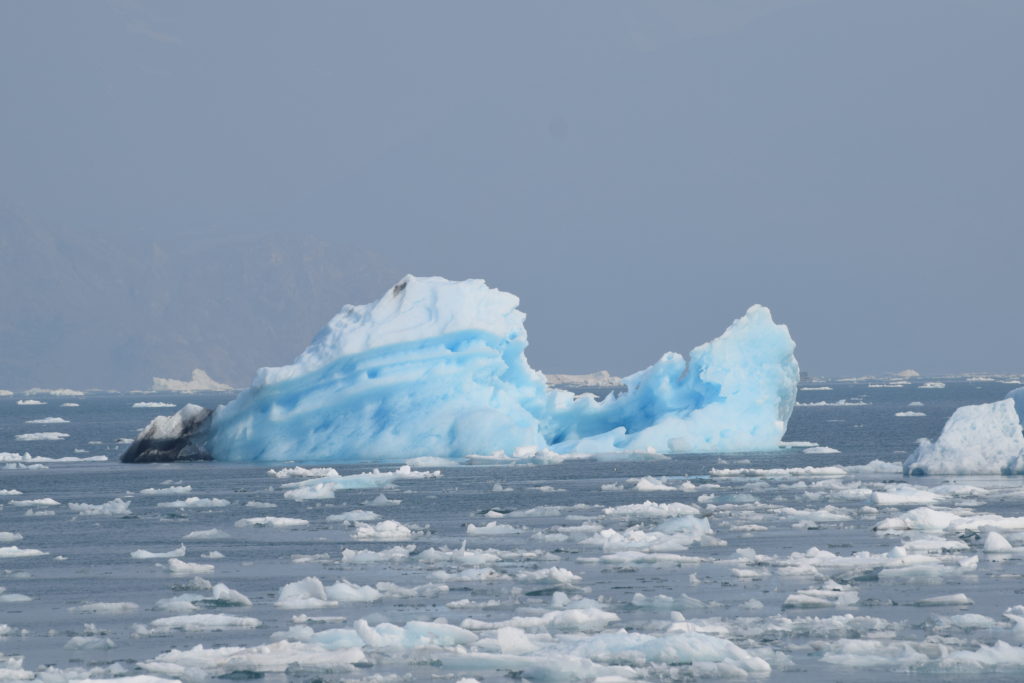

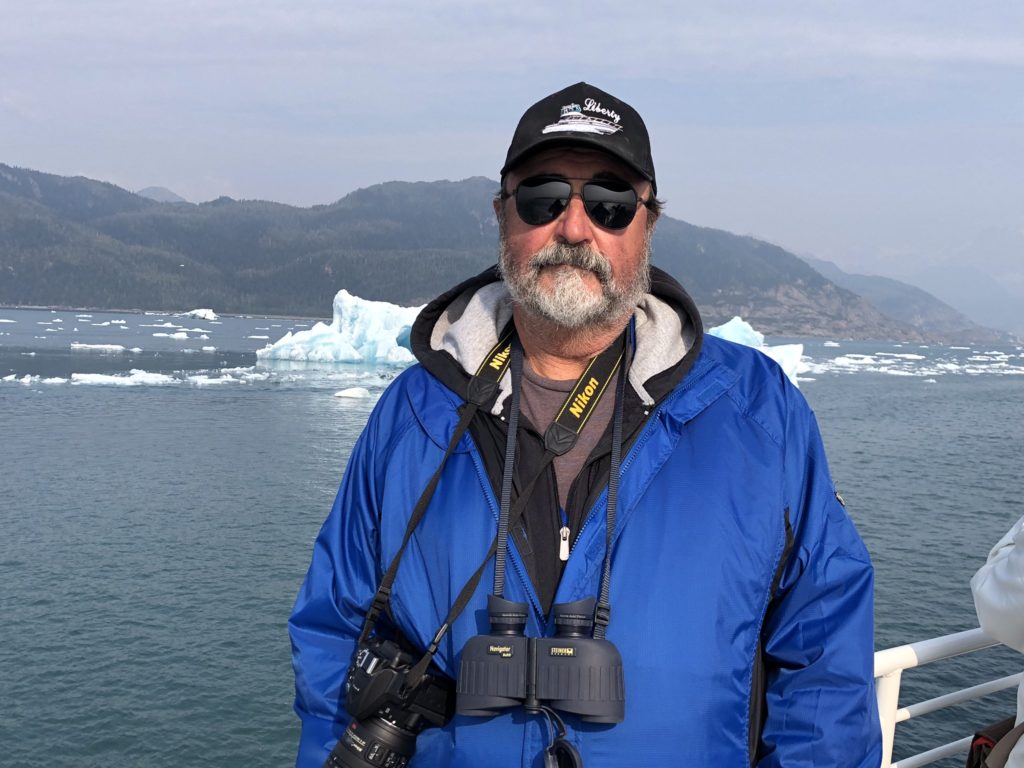
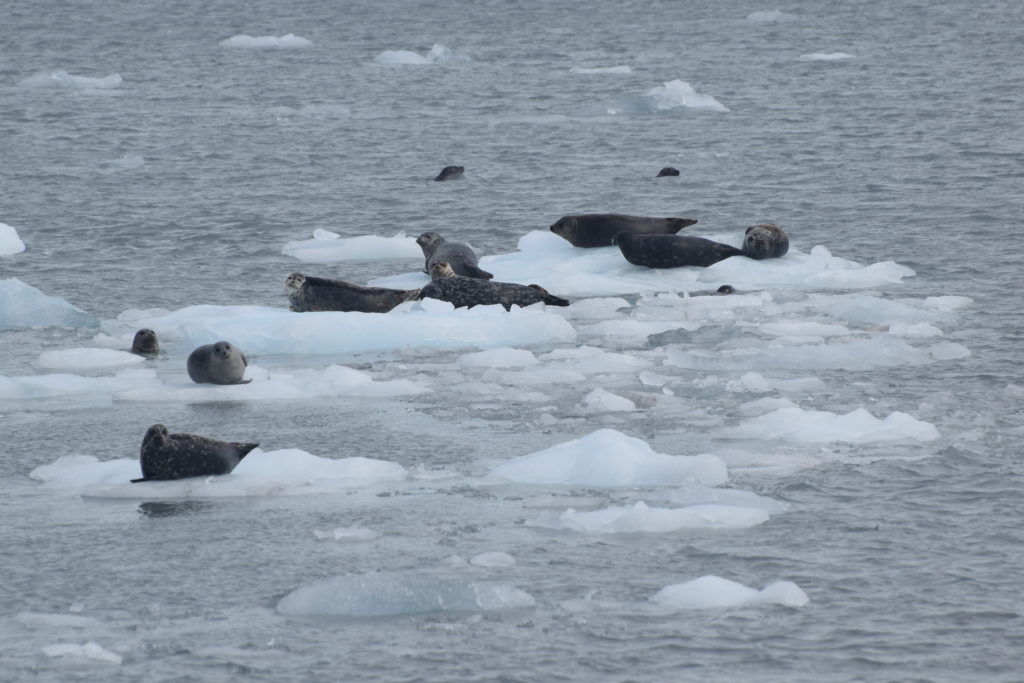
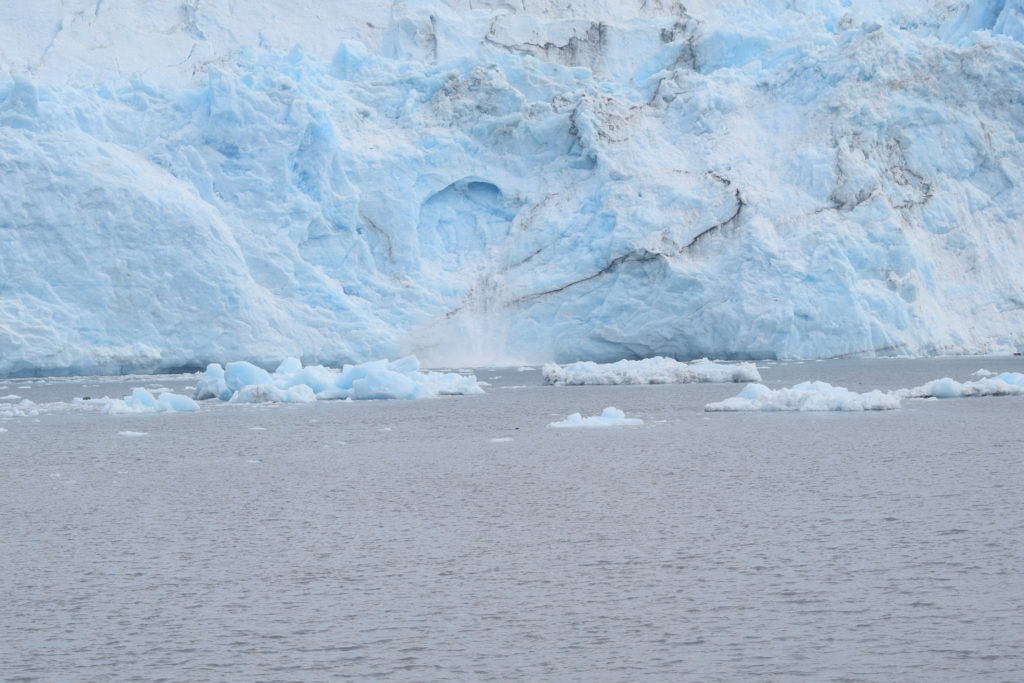

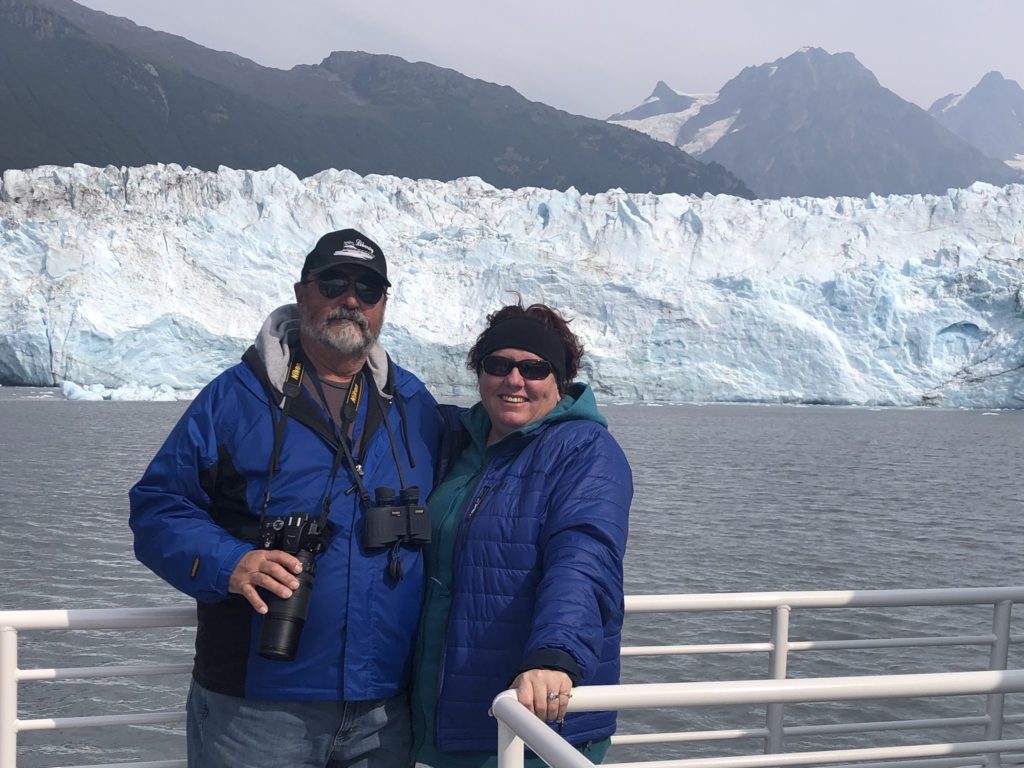
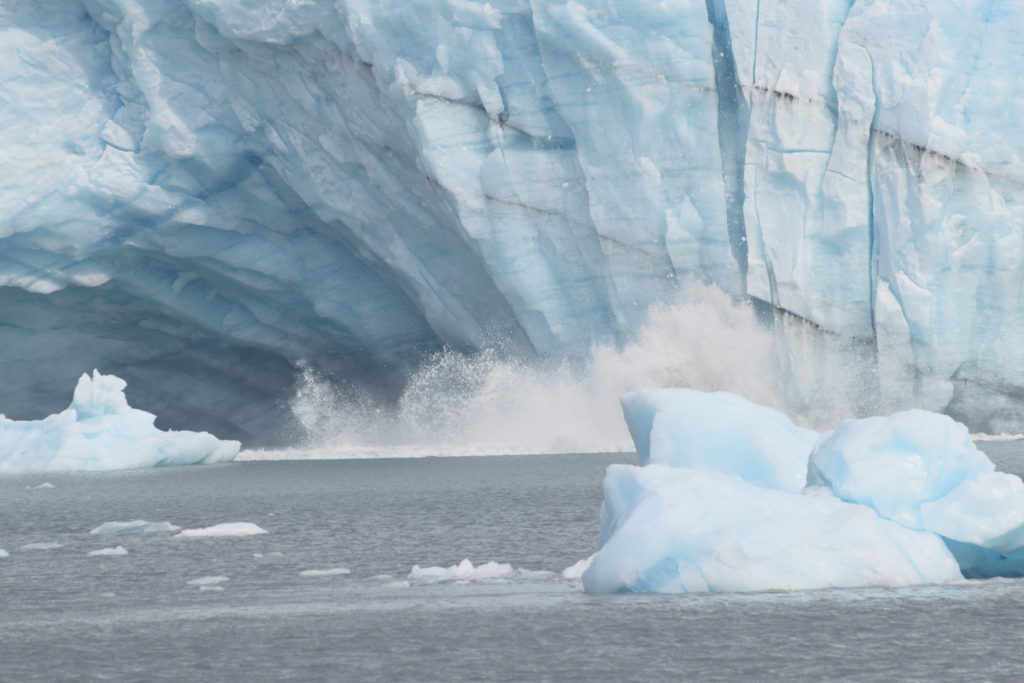
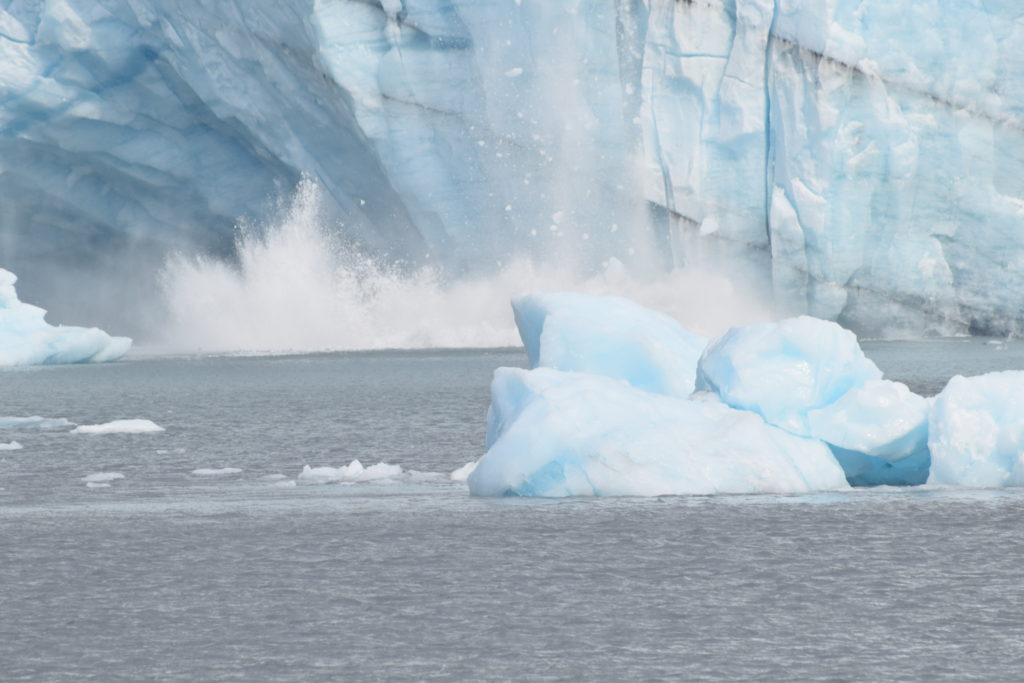
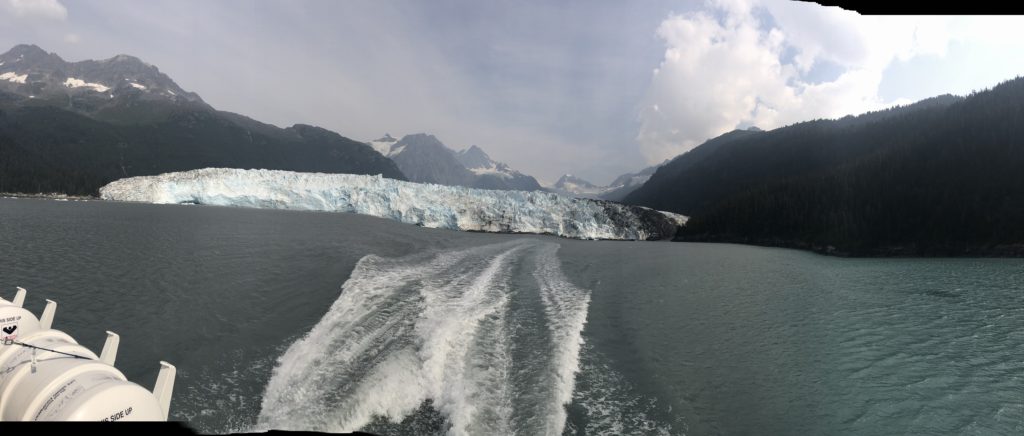
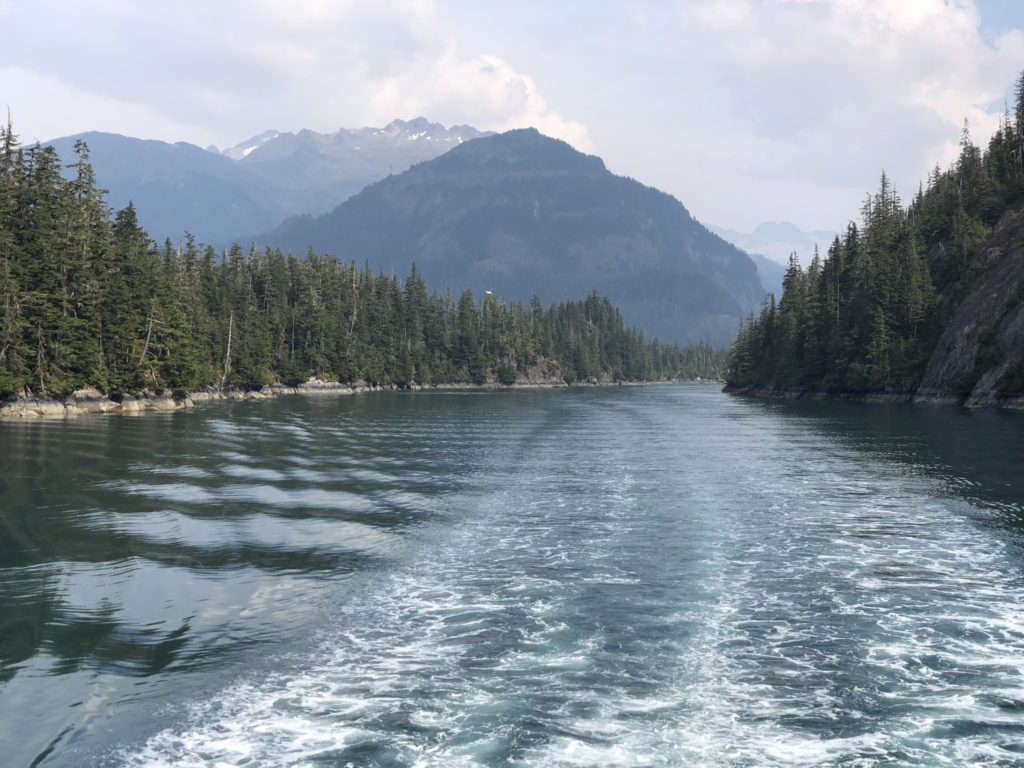
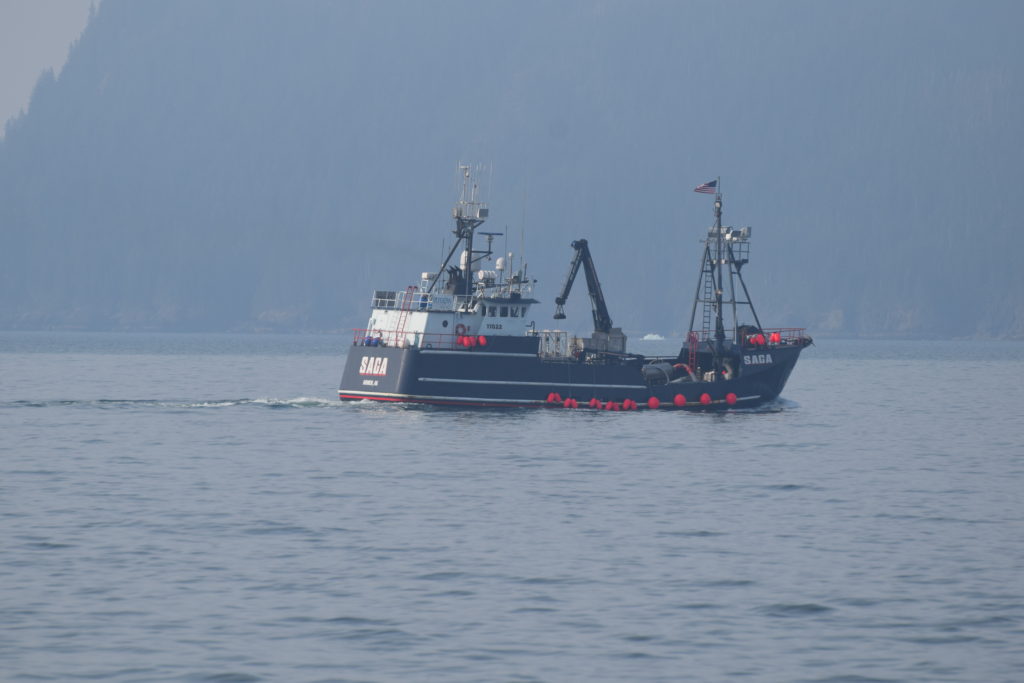
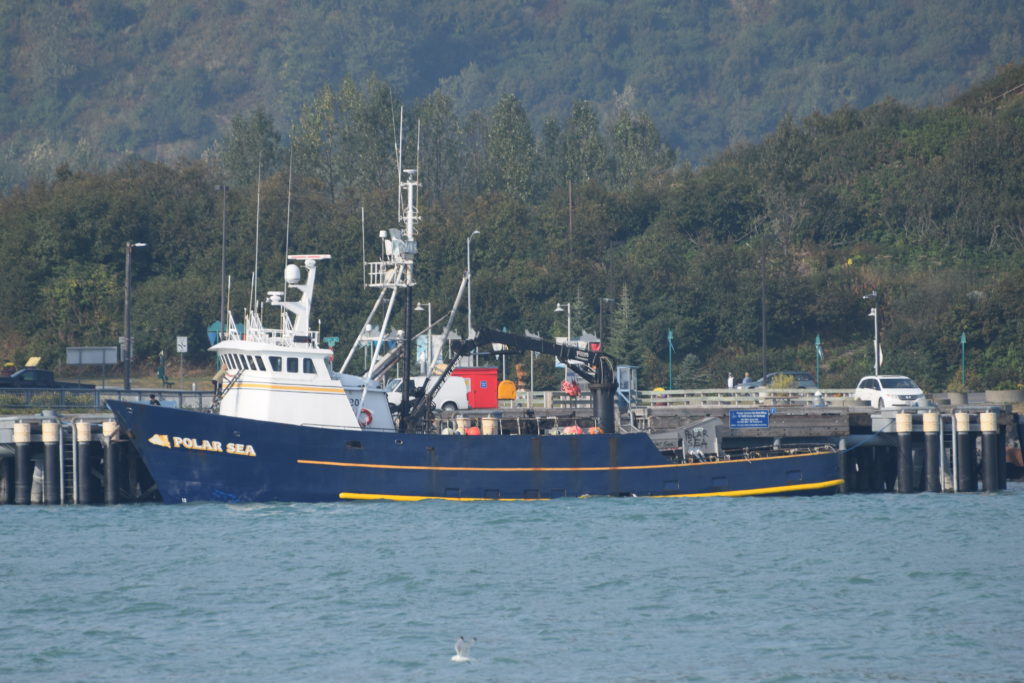
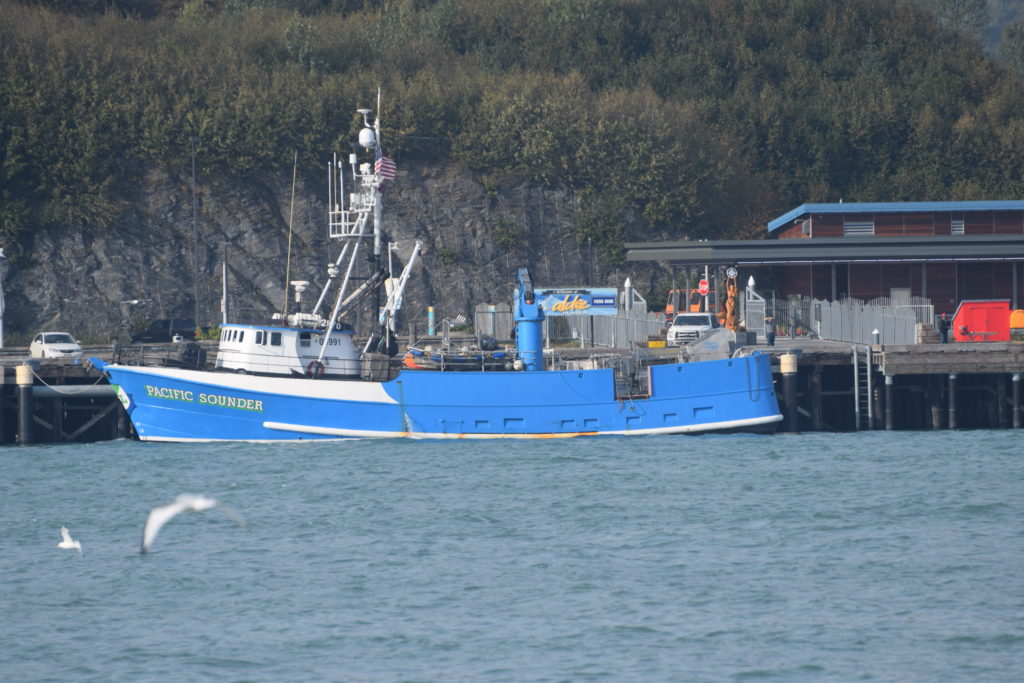
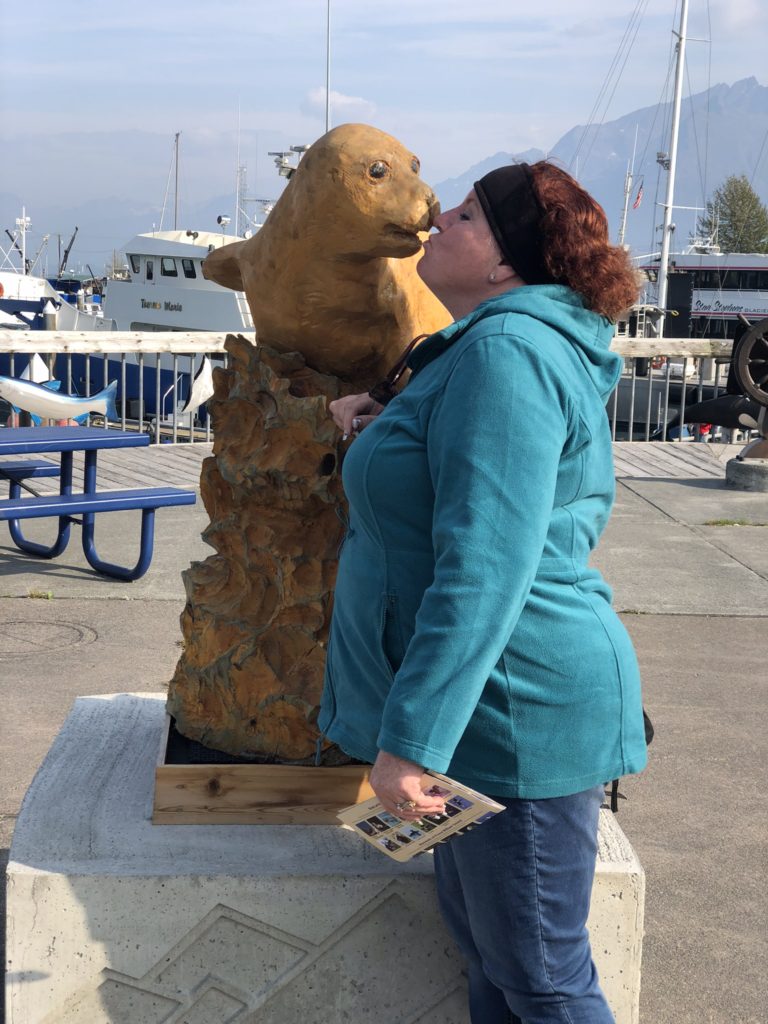
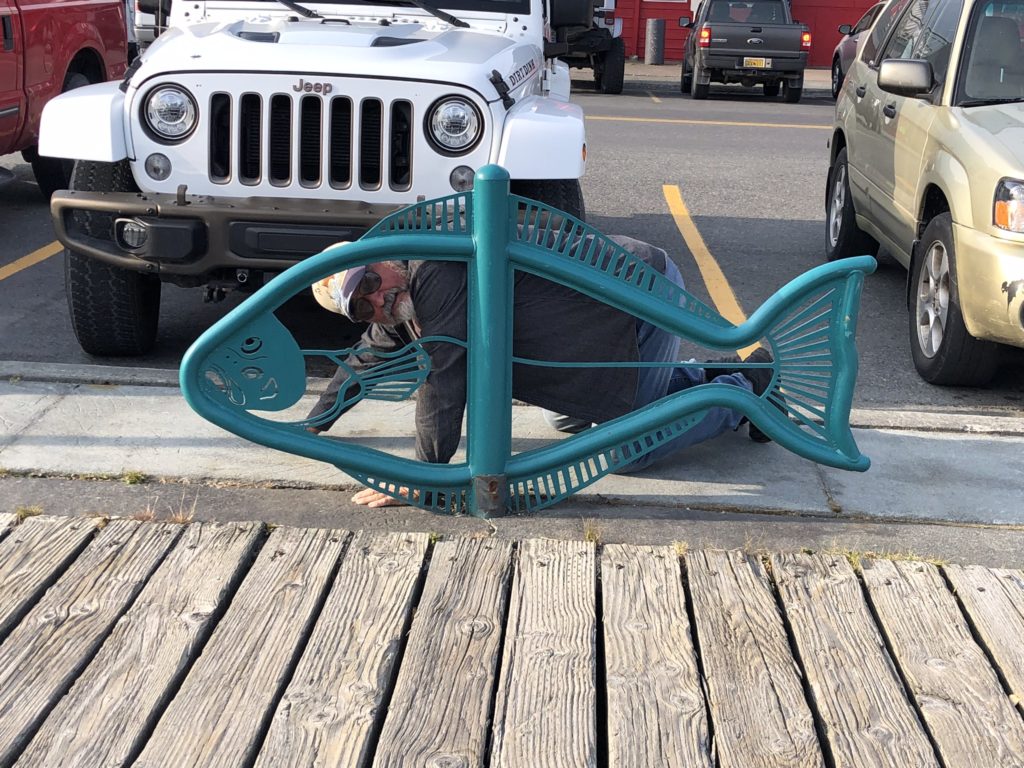

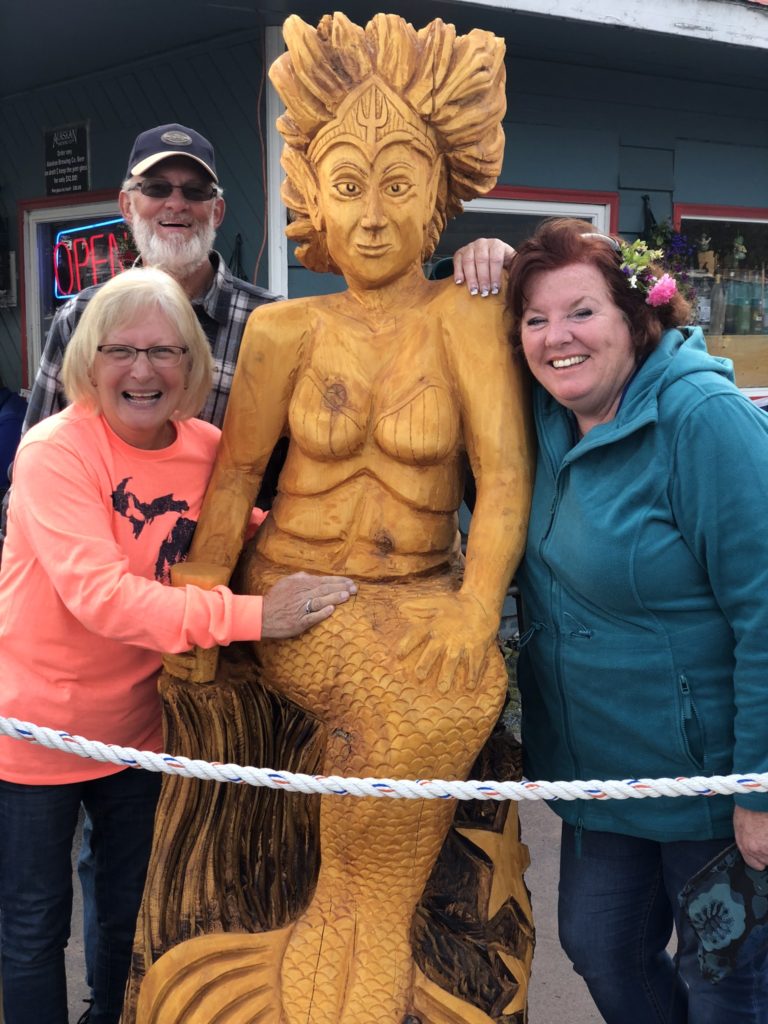
The winds and waves offshore were too strong for the small fishing boats so Randy’s halibut trip was cancelled. That was a huge disappointment for him, but we did get to enjoy the rest of our stay. We took a self-guided tour of the Solomon Gulch Fish Hatchery built by the Valdez Fisheries Development Association built in 1981. Eggs were collected and fertilized from salmon from other local streams so that the first pink salmon could be released in 1982 Alaska currently allows the hatchery to incubate 270 million pink salmon and 2 million Coho salmon each year, with an annual release of 250 million pink and 1.8 million Coho salmon smolt. An average of 15.8 million and 83,000 Coho salmon return to the area each year. This large number of released salmon are needed to support the sport and commercial fishing of salmon, as well as the wildlife that depend on the salmon for their food.
Randy and I were both upset about the number of dead salmon near the hatchery that could not be used. I know that the dead salmon help provide food for the wildlife and nutrients to the surrounding area, but it just seemed like such a waste of salmon. Because of the weir across the water and the hydroelectric plant just a short distance upstream, there was nowhere for the returning salmon to naturally reproduce. I wish the work could support both artificially and naturally spawning salmon. The wildlife took advantage of the number of salmon fighting to make it up the hatchery ladder. Gulls, terns and bald eagles were dining on the salmon and eggs, as well as seals and sea lions. We were told bears could also be in the area, but we never saw any during our stay. When we returned to the hatchery that evening, one large sea lion was right next to the weir grabbing salmon. He was fun to watch him diving for the salmon.
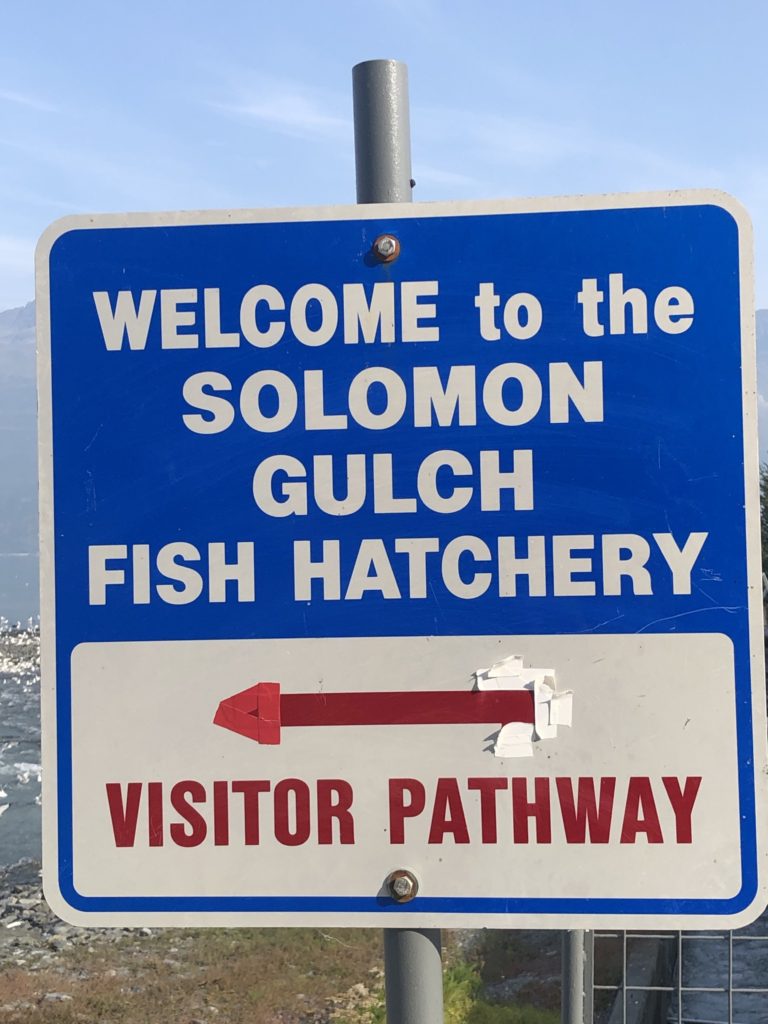
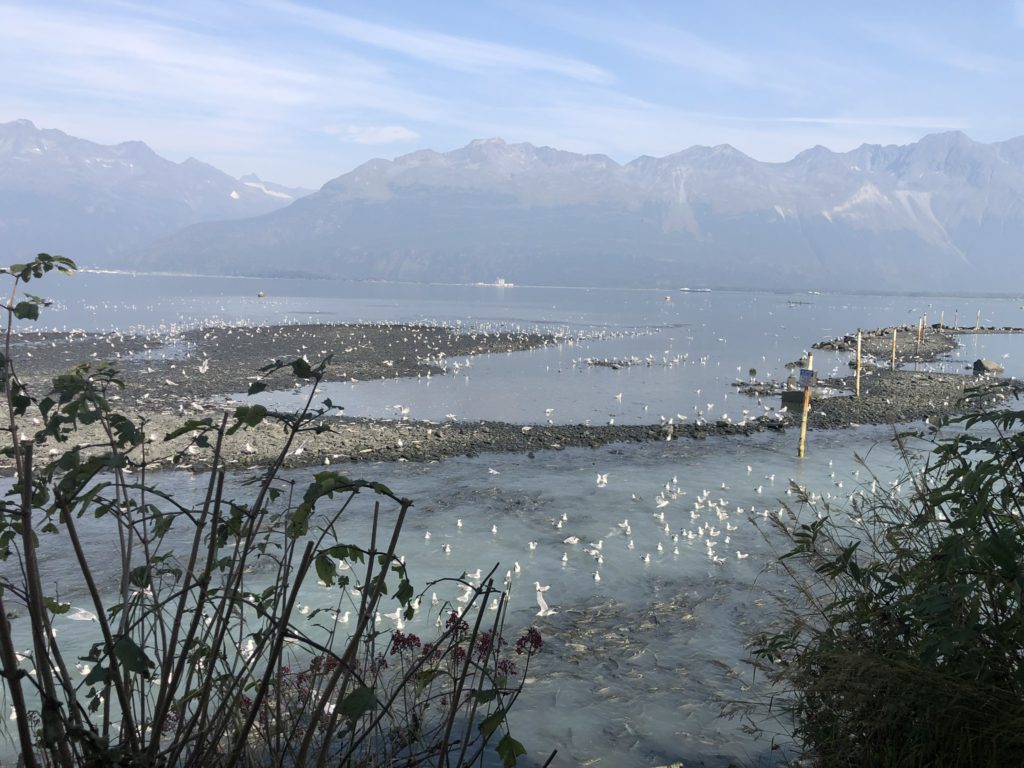
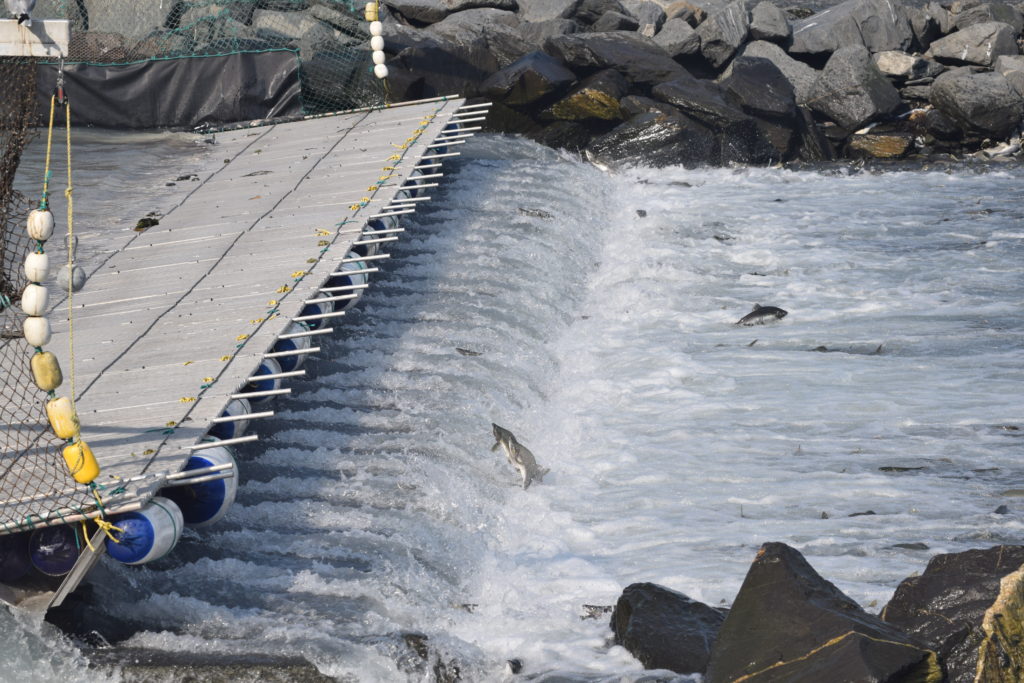
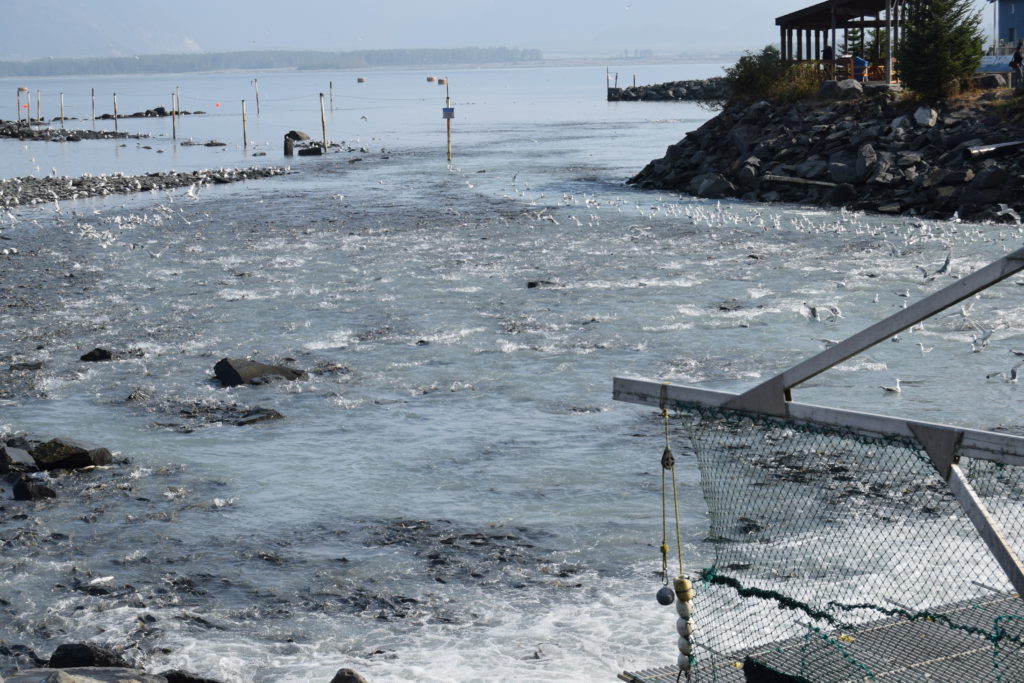
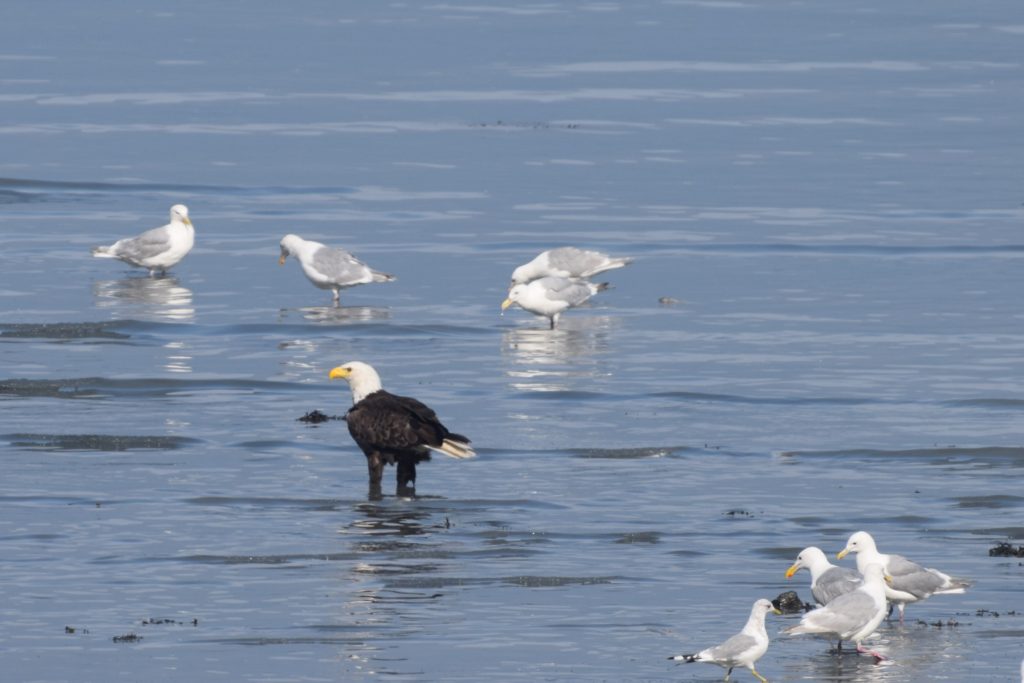
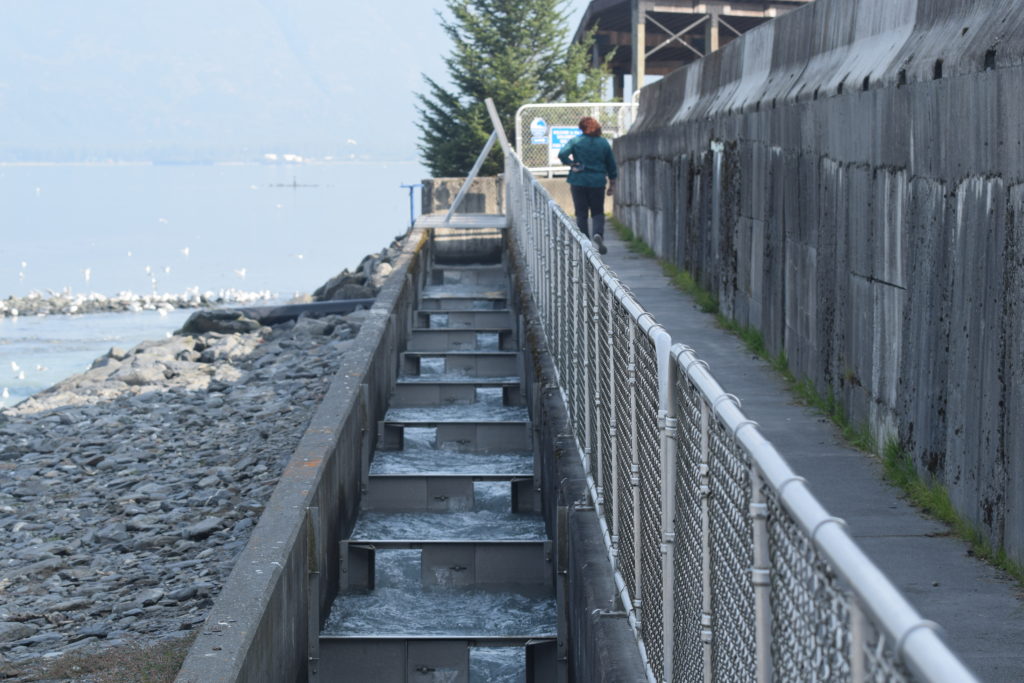
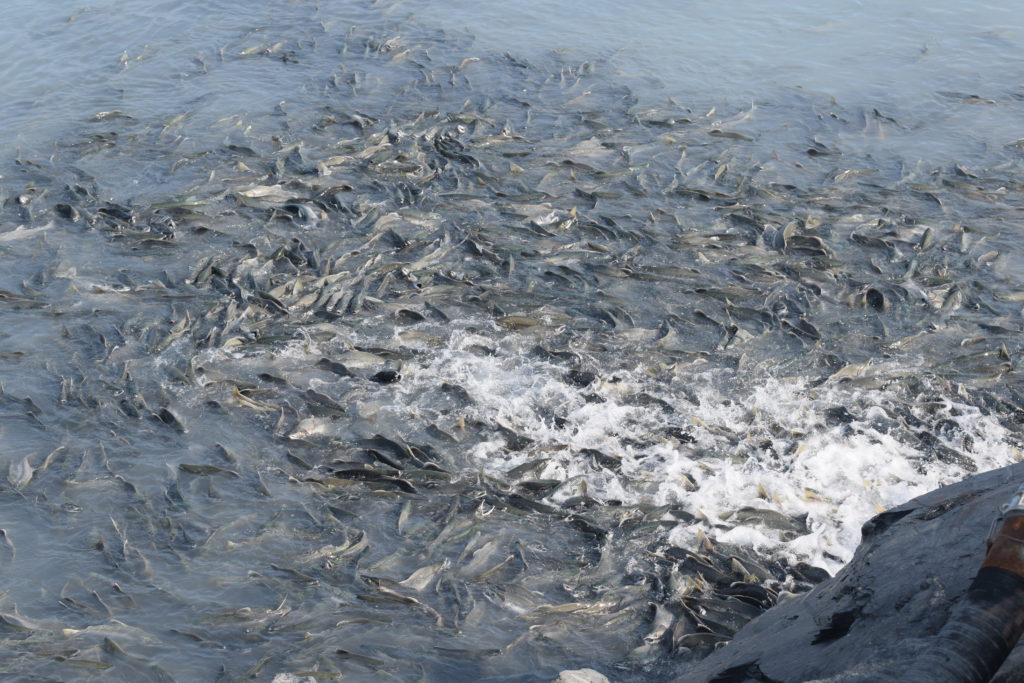
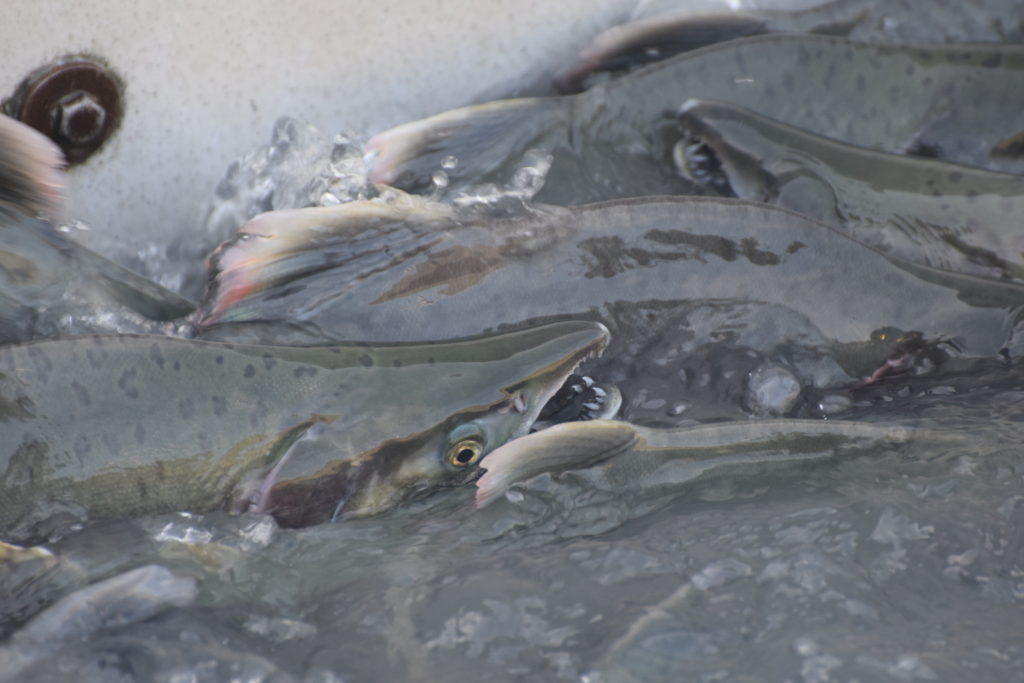
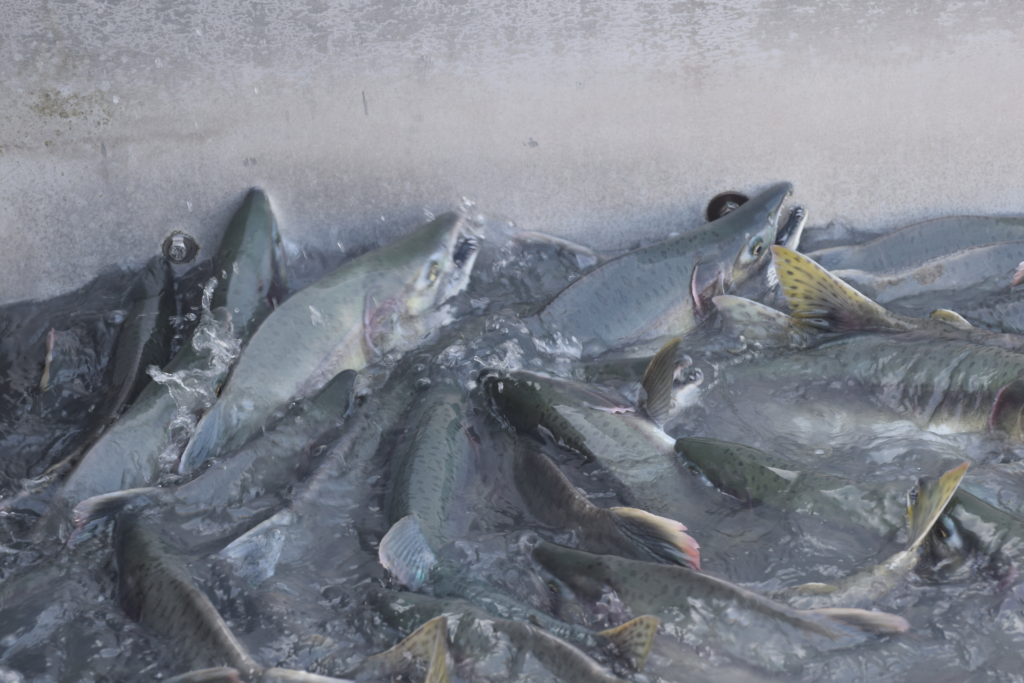
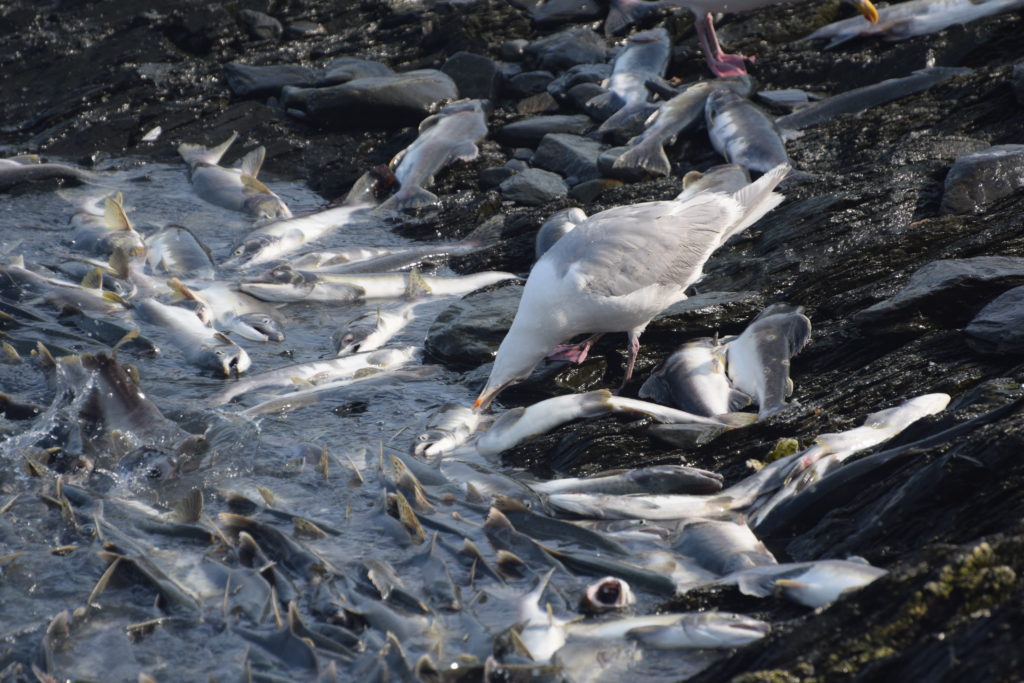
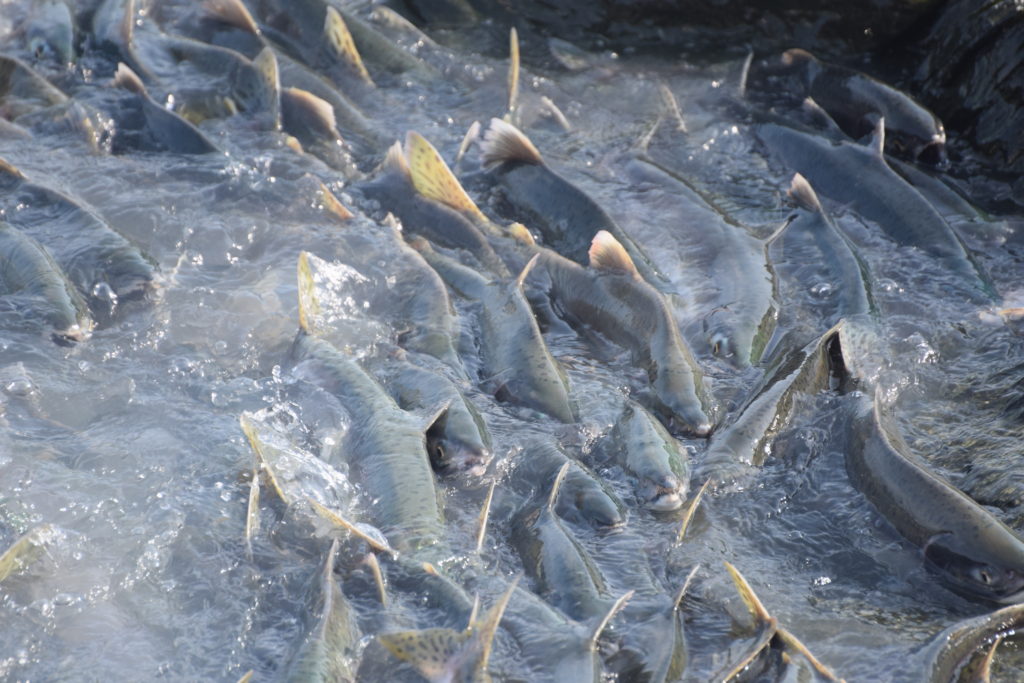
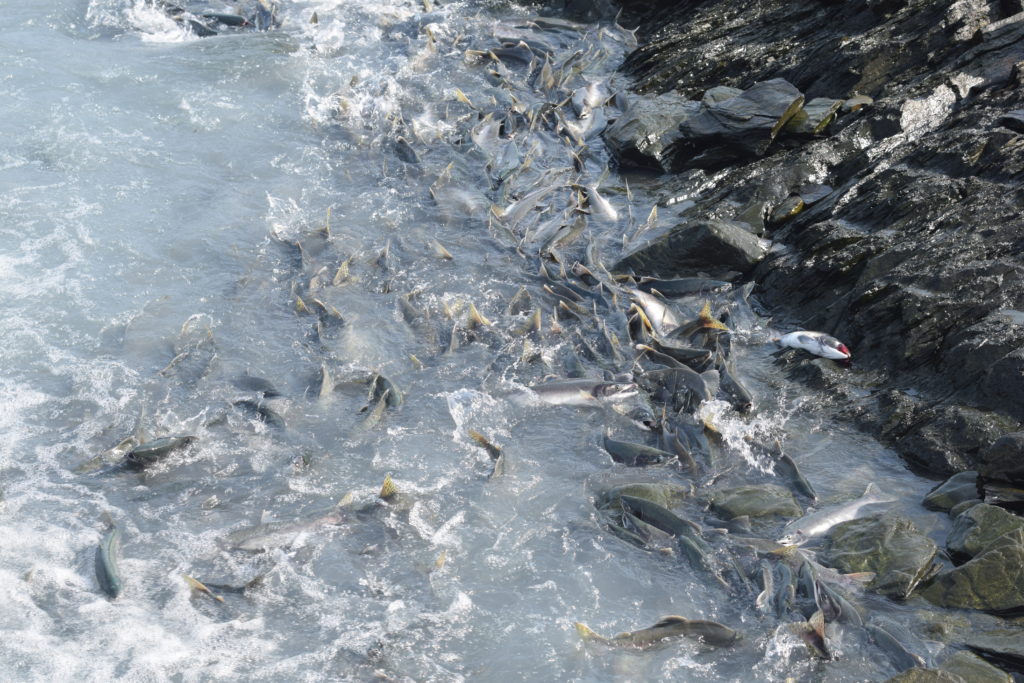
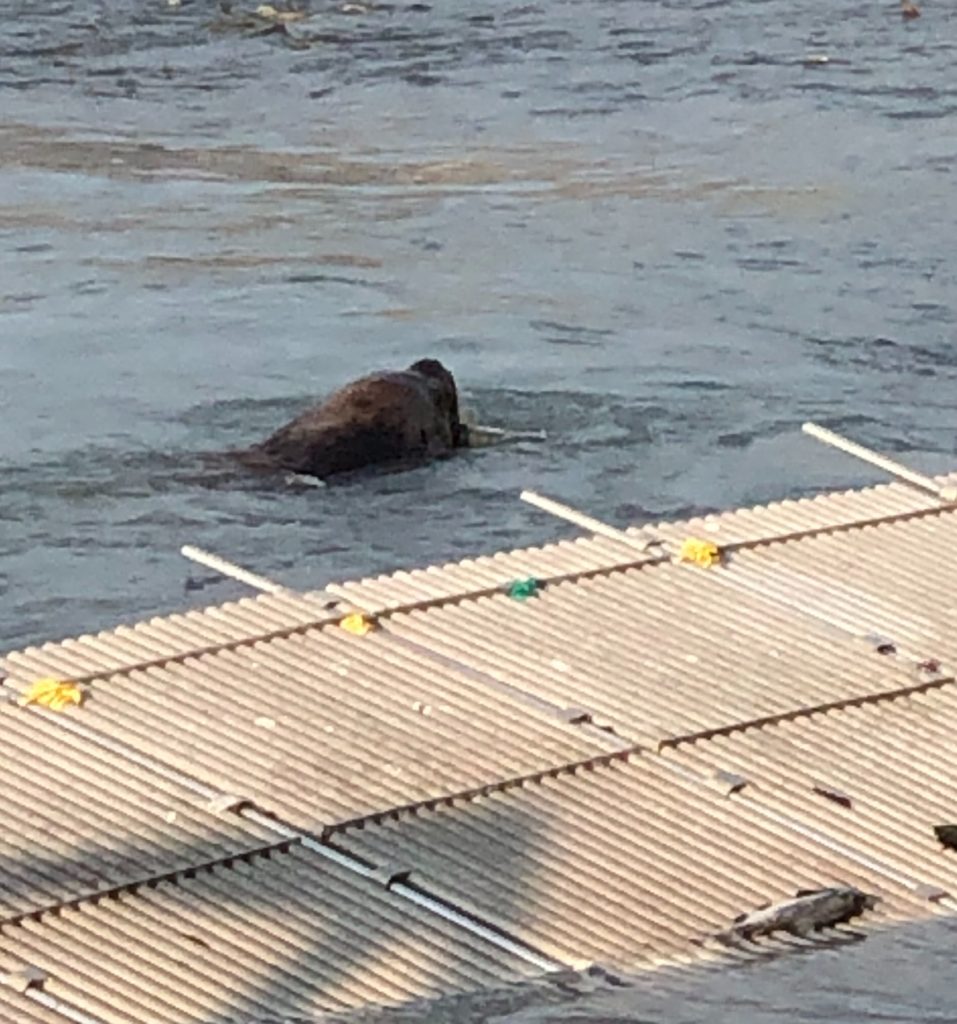
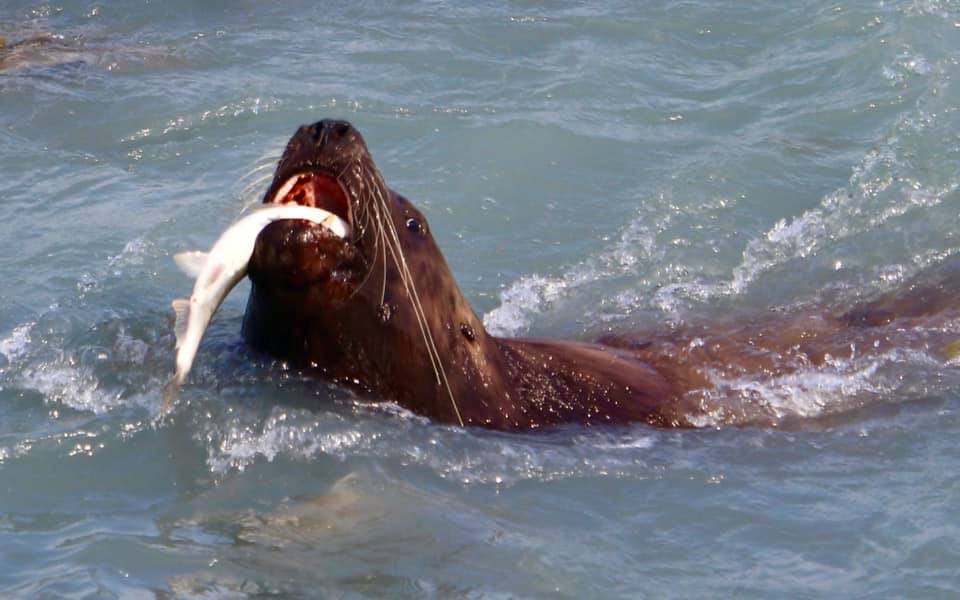
We learned a lot about the area and salmon fishing at the Crooked Creek Information Center and we got to see salmon naturally spawning in the stream at the center. We also found several other streams on our travels to see more naturally spawning salmon. We spent some time exploring Keystone Canyon which is located before you get to Valdez at miles 14 through 17 on the Richardson Highway. From 1910 to 1916, copper and gold mining flourished in the Valdez area. There were attempts to build a railroad through the canyon and into the copper country. A short section of tunnel can still be seen as you drive through the canyon. It is all that is left of the “railroad era” where nine companies fought to take advantage of a shorter route from the coast to the copper mines of Kennecott to create a right-of-way north of Valdez. However, the hand-cut tunnel was never completed after a feud ended in a deadly gunfight. Randy liked exploring the tunnels along the road in the canyon. The original road to the coast is across the river from the current road. According to the sign, the original road was “barely wide enough for two horses abreast”, but the first automobile used that road to Fairbanks in 1913. Higher above the river the Pack Trail of 1890, can be seen. This was the first All-American land route into the interior of Alaska that was used until 1907. There are numerous beautiful waterfalls including Horsetail Falls and Bridal Veil Falls in the canyon. This is one of several falls with the same name of Bridal Veil on our travels. We also drove out to the Glacier View Park but you could not see the glacier unless you were out in the middle of the water. Several people were boondocking in the area and two hearty people were paddle boarding out among the ice. I would be afraid of falling in that cold, icy water.
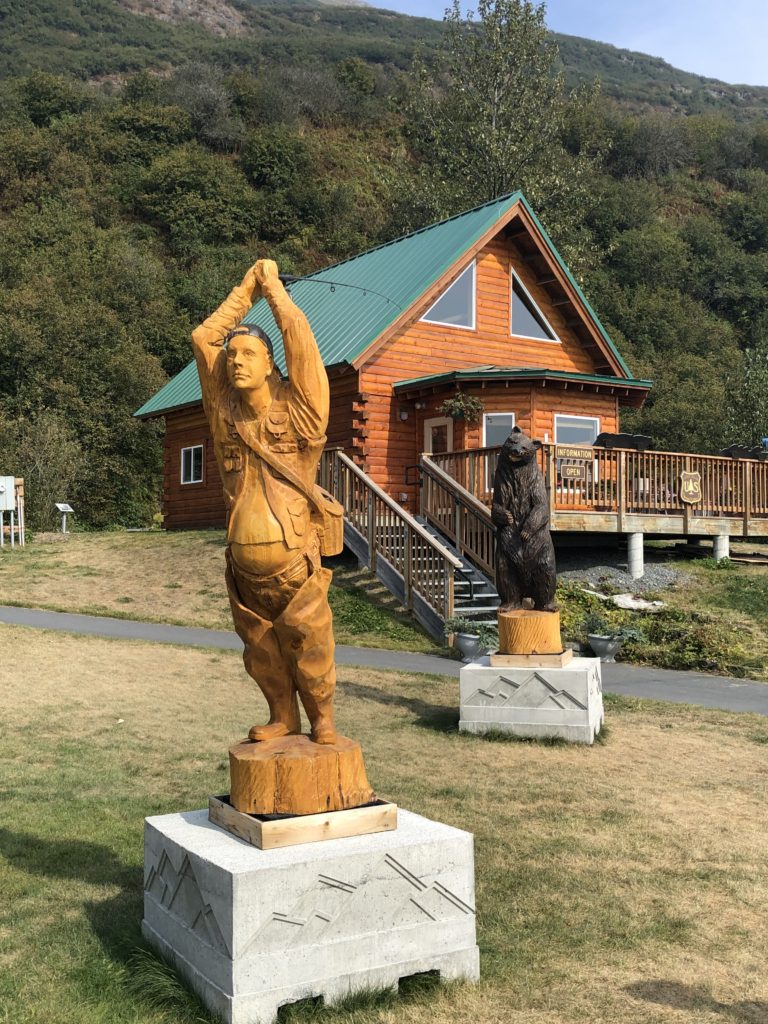
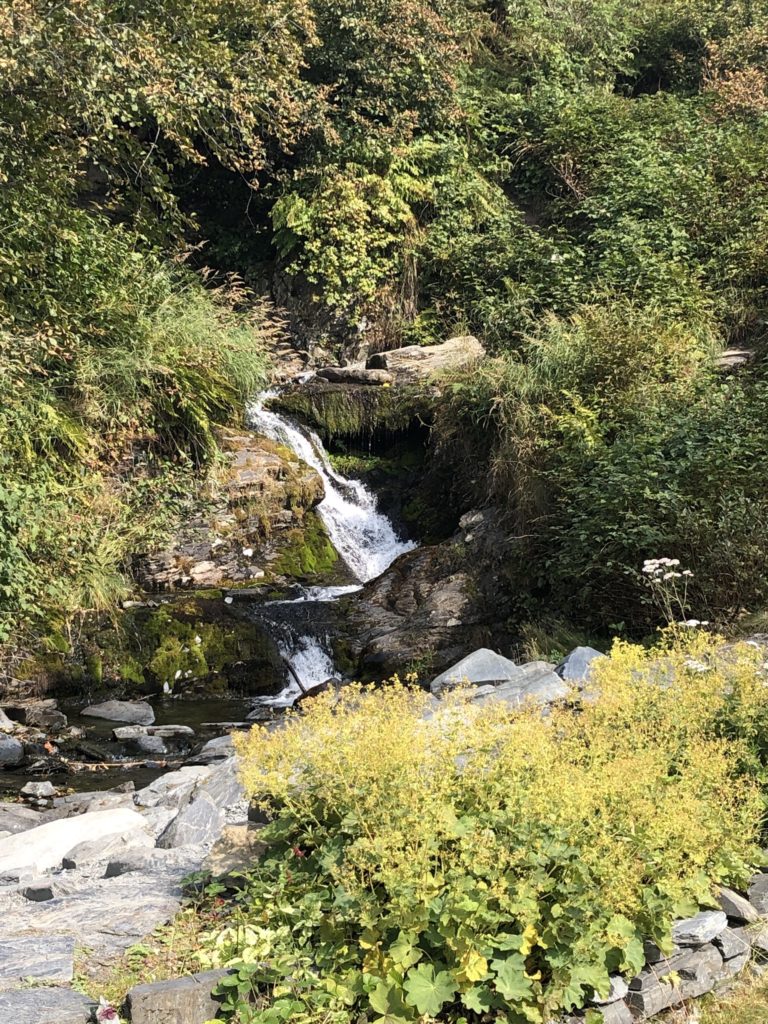
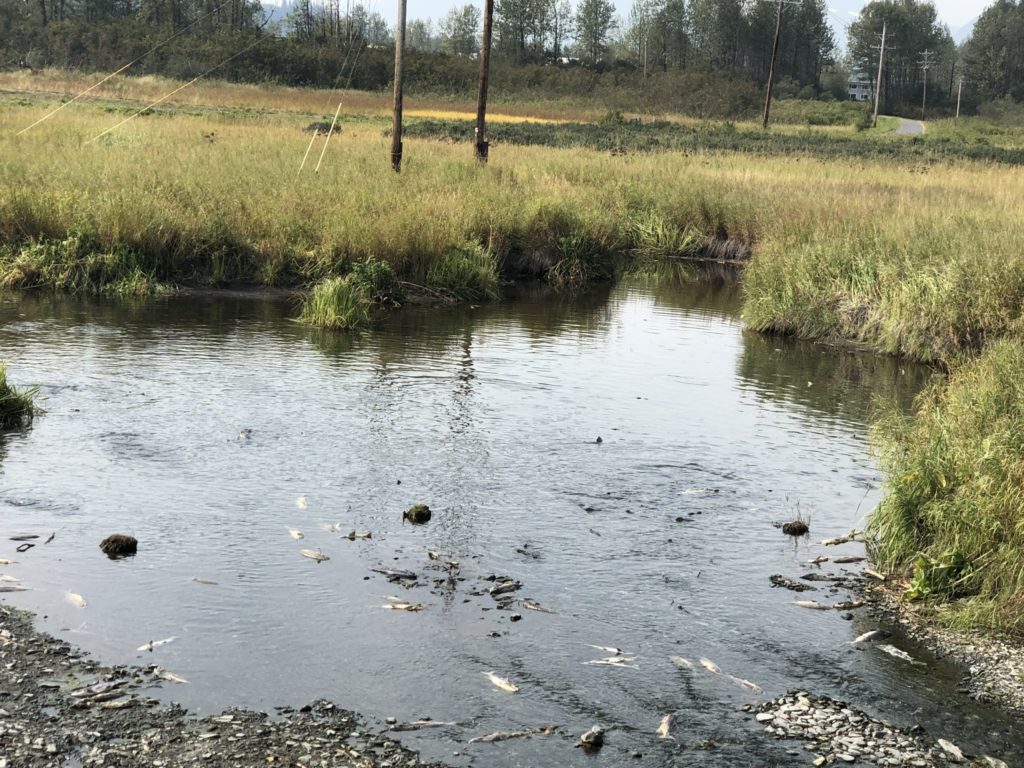

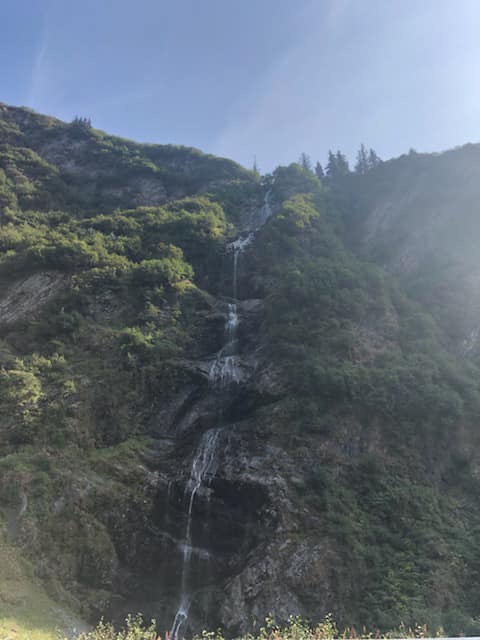

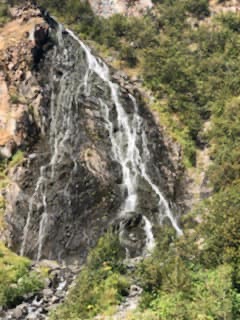
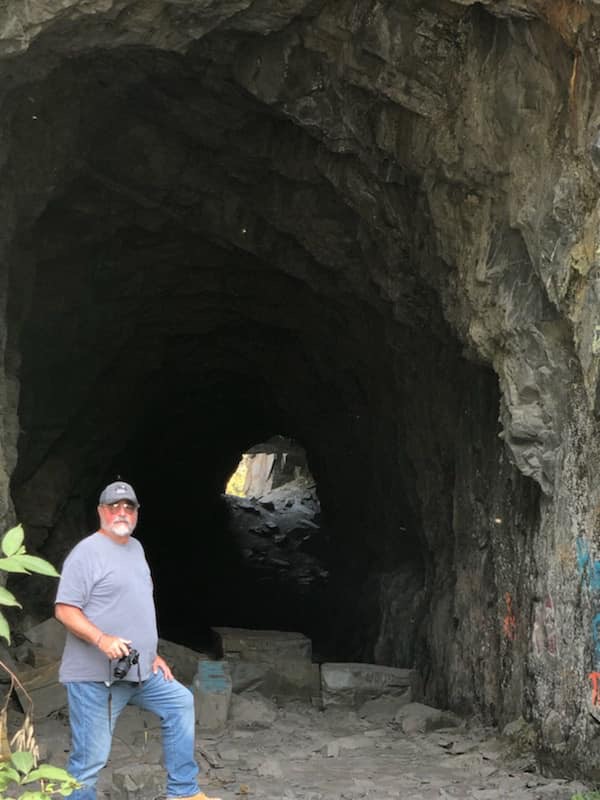
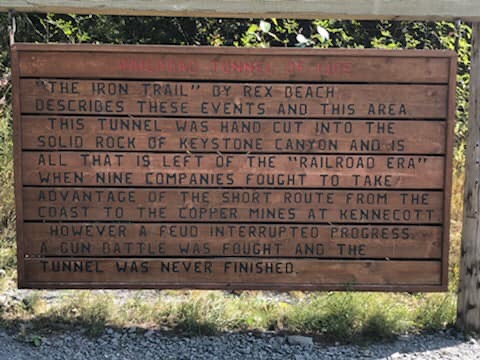
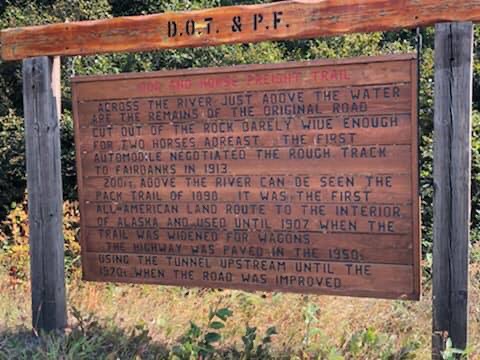
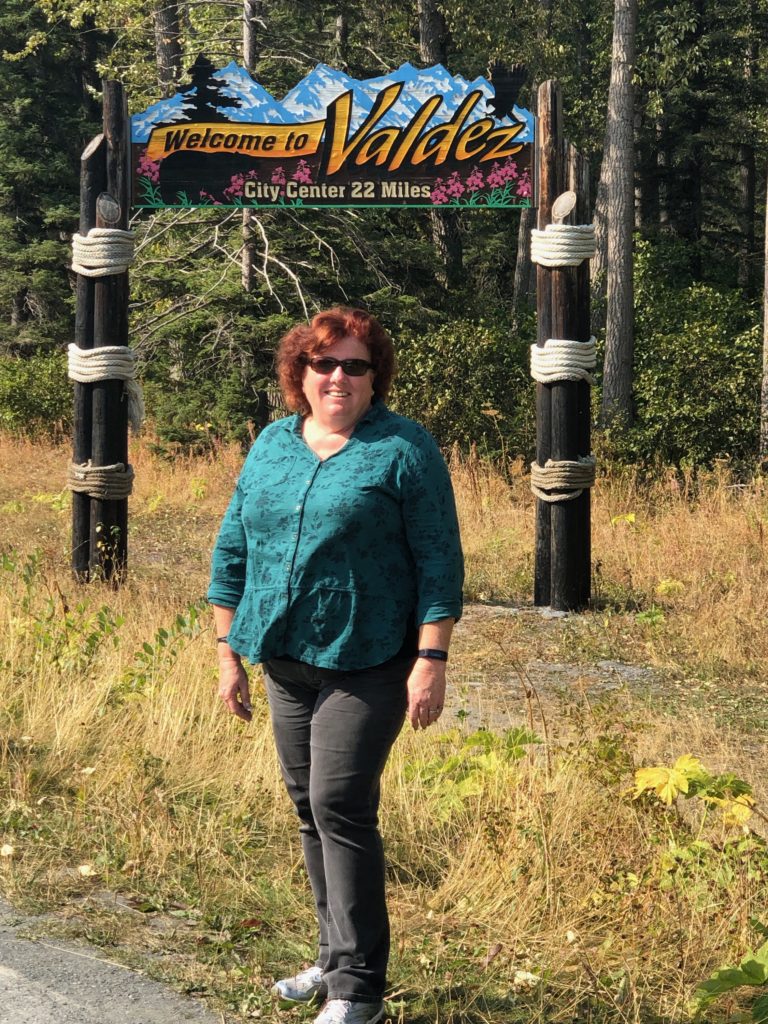
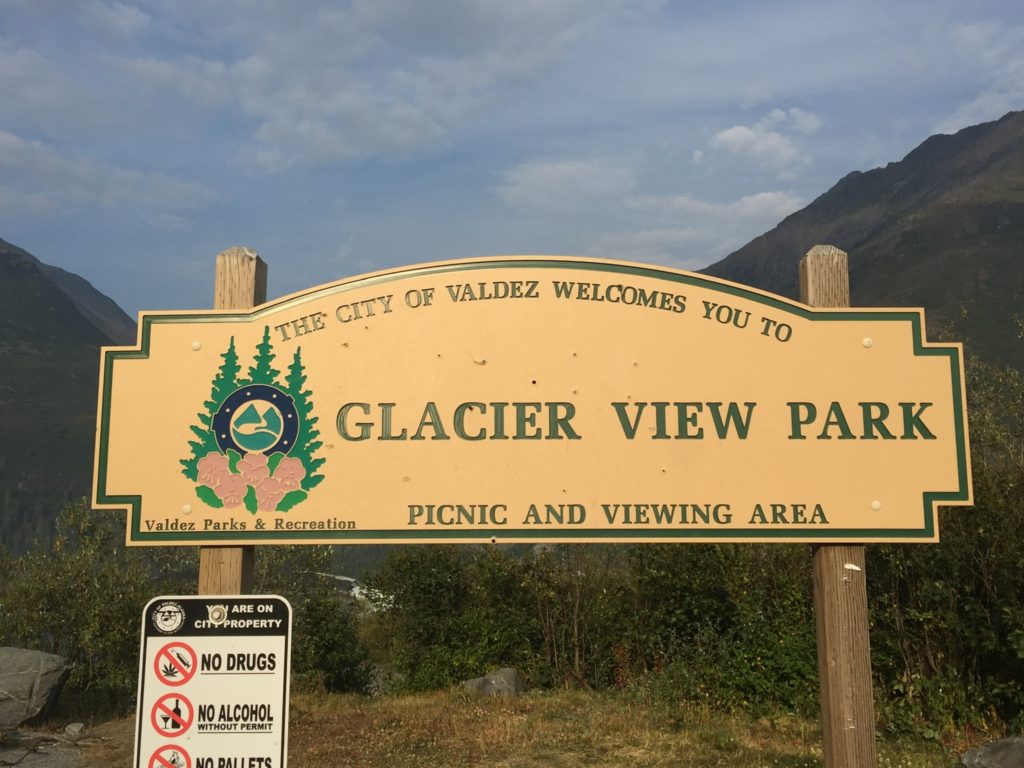
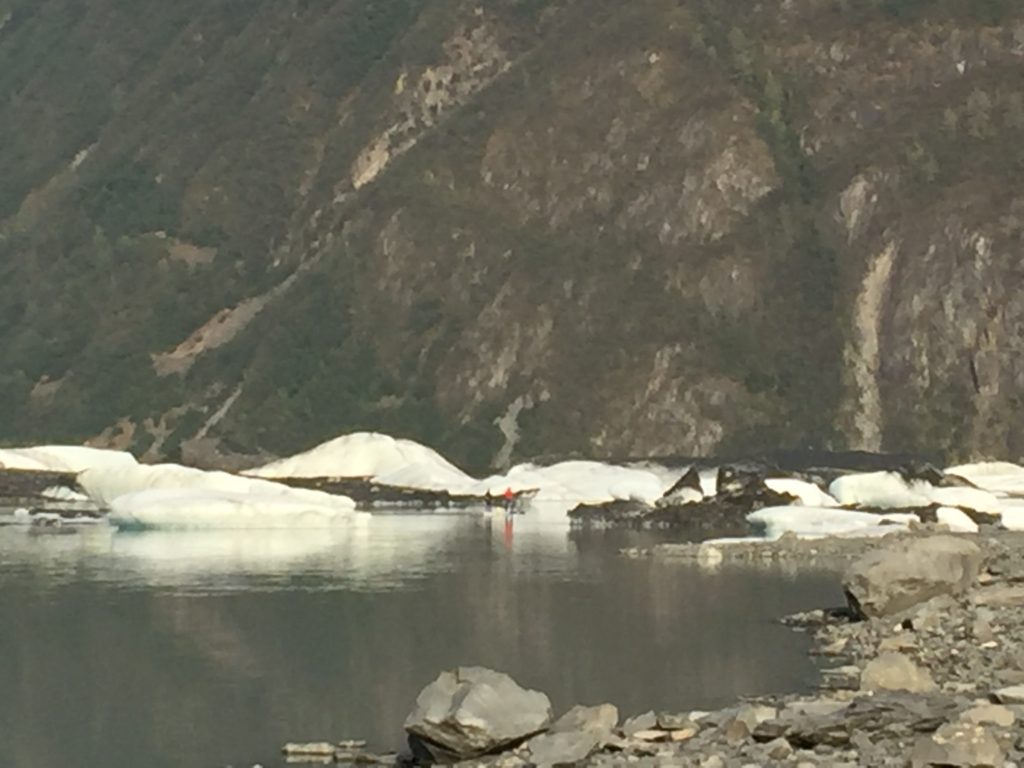
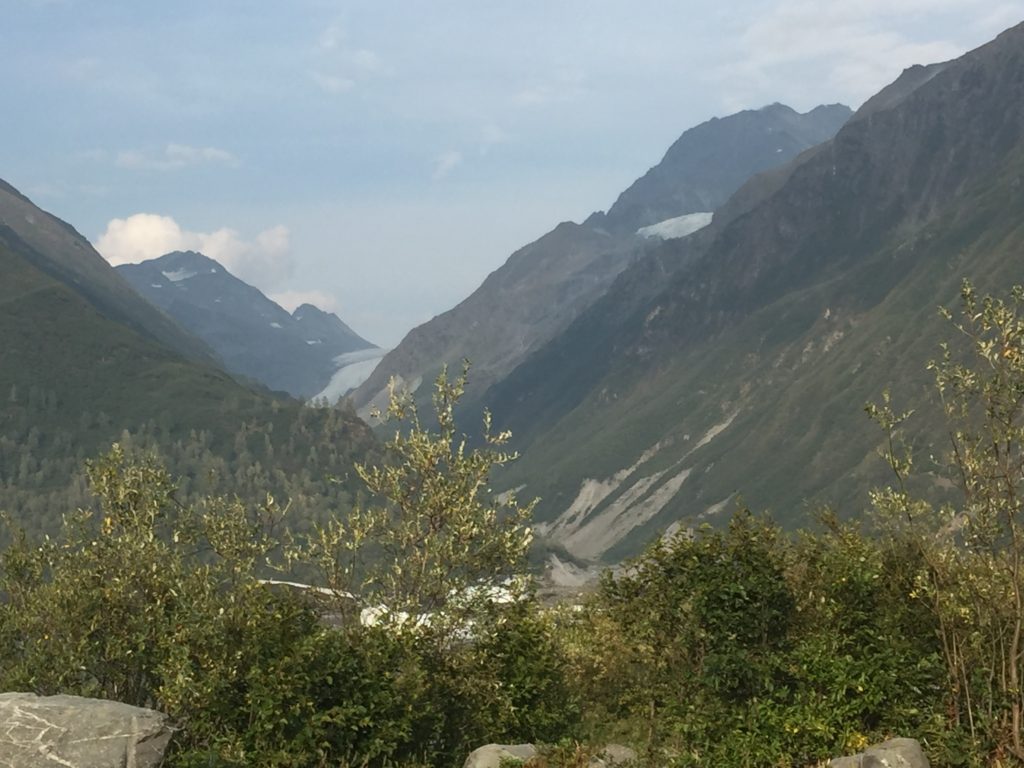
Because we had more time in Valdez than in most other stops, and because of the cancelled fishing charter, we had time to explore the waterfront. Randy and I enjoyed some time in the sun at the Ferry Pier. We drove the Jeep out on the dock and enjoyed the sights of the waterfront. Several people were fishing from the pier, but I never saw anyone catching anything. It was while leaving the pier that I noticed the many monuments and wood carvings in Valdez. I particularly liked the mermaid, the octopus surrounding the lighthouse, and Peter Toth’s Whispering Giants #40 that he completed in 1981 to honor the Native Americans.
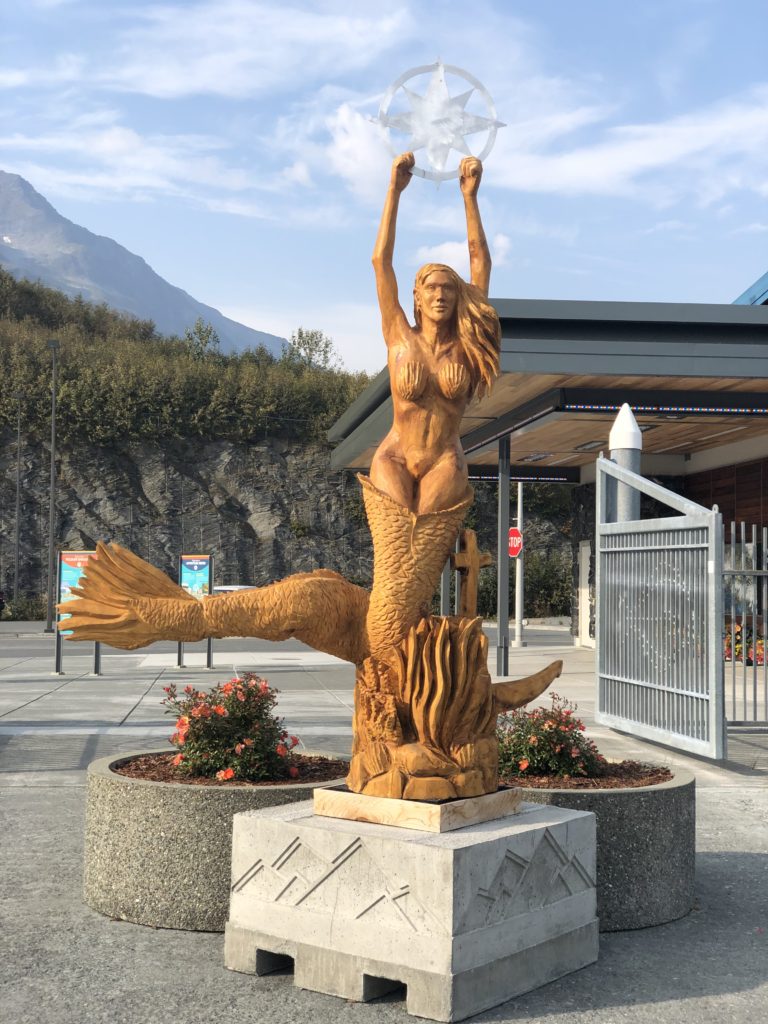
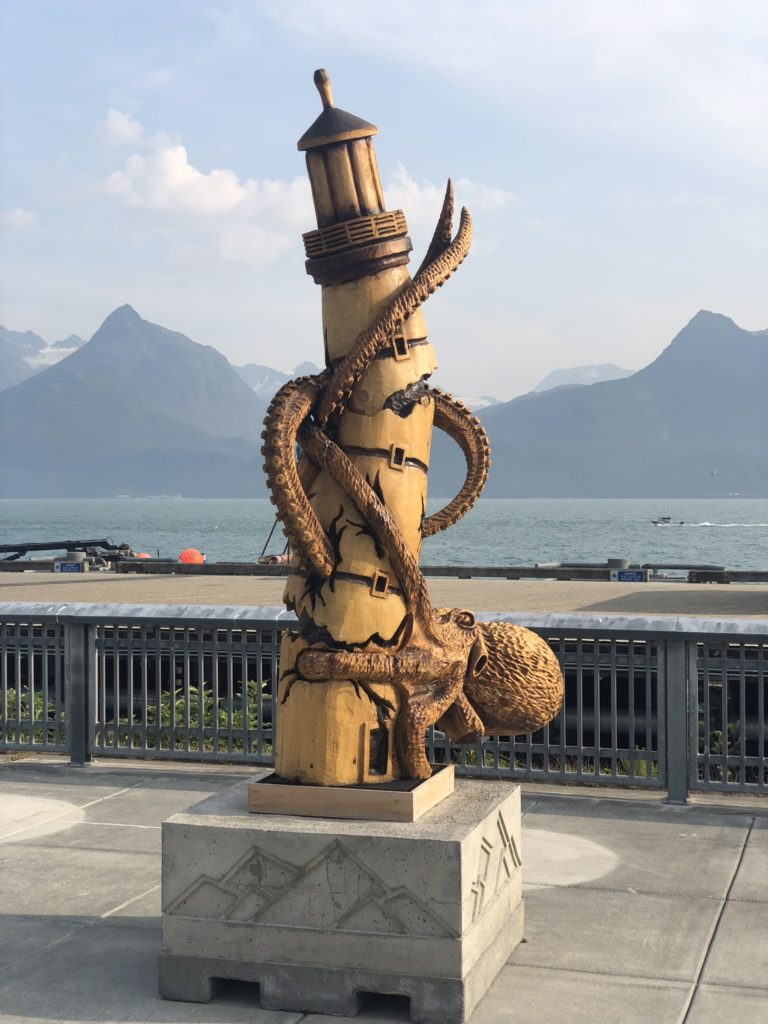
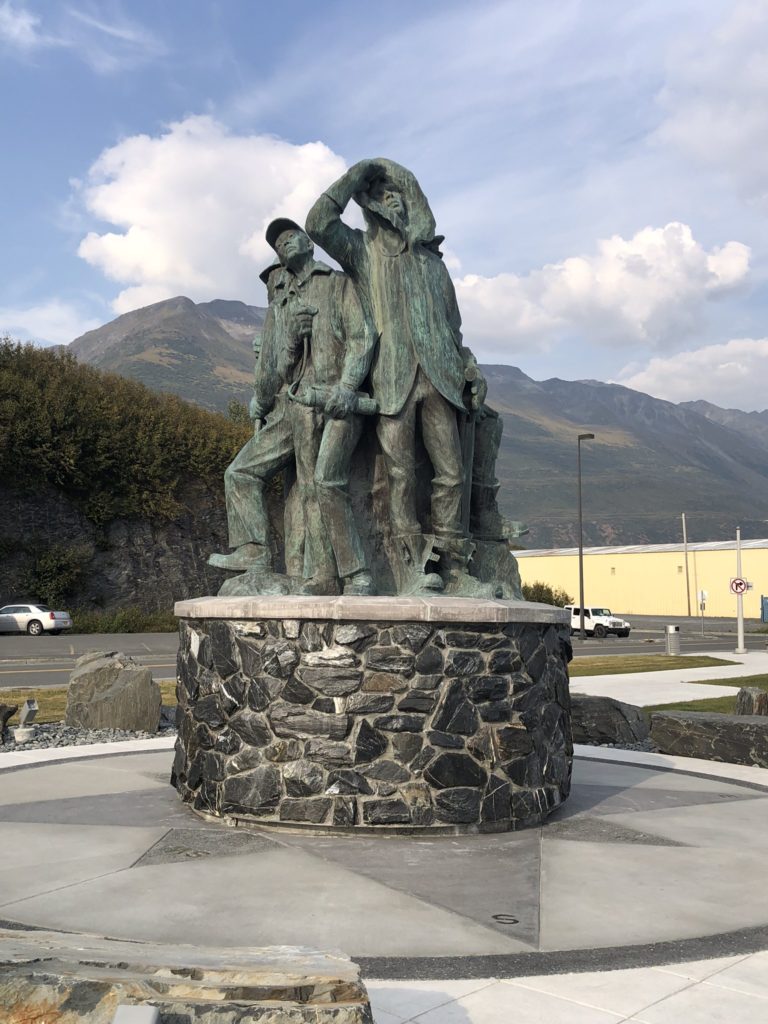
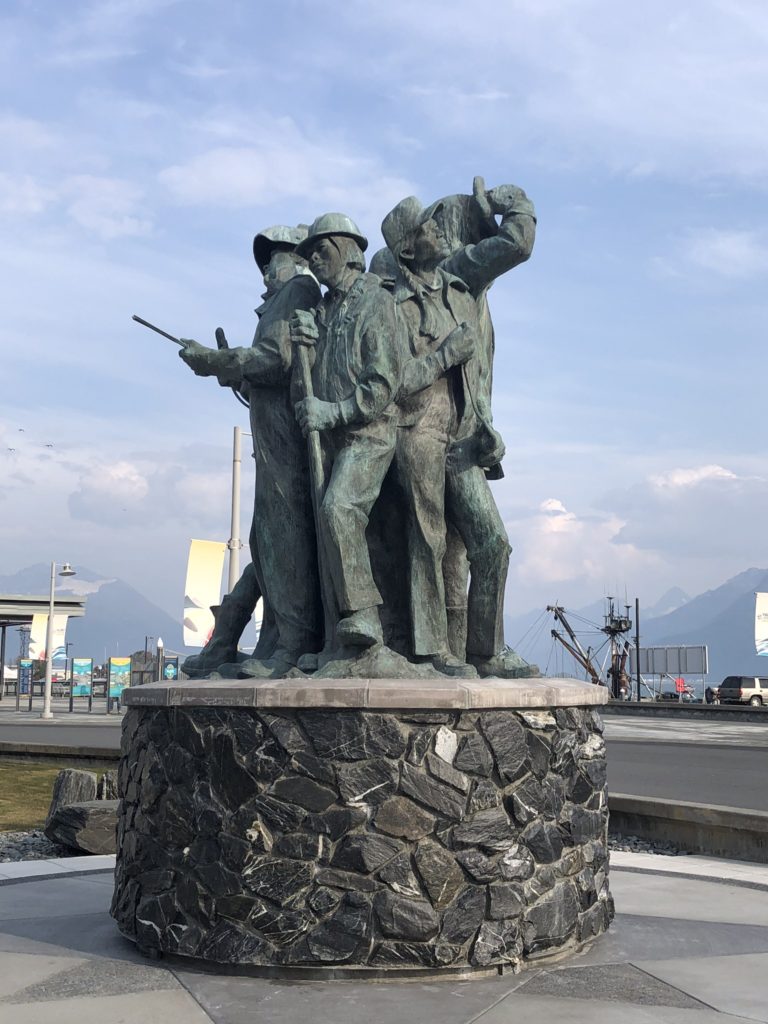
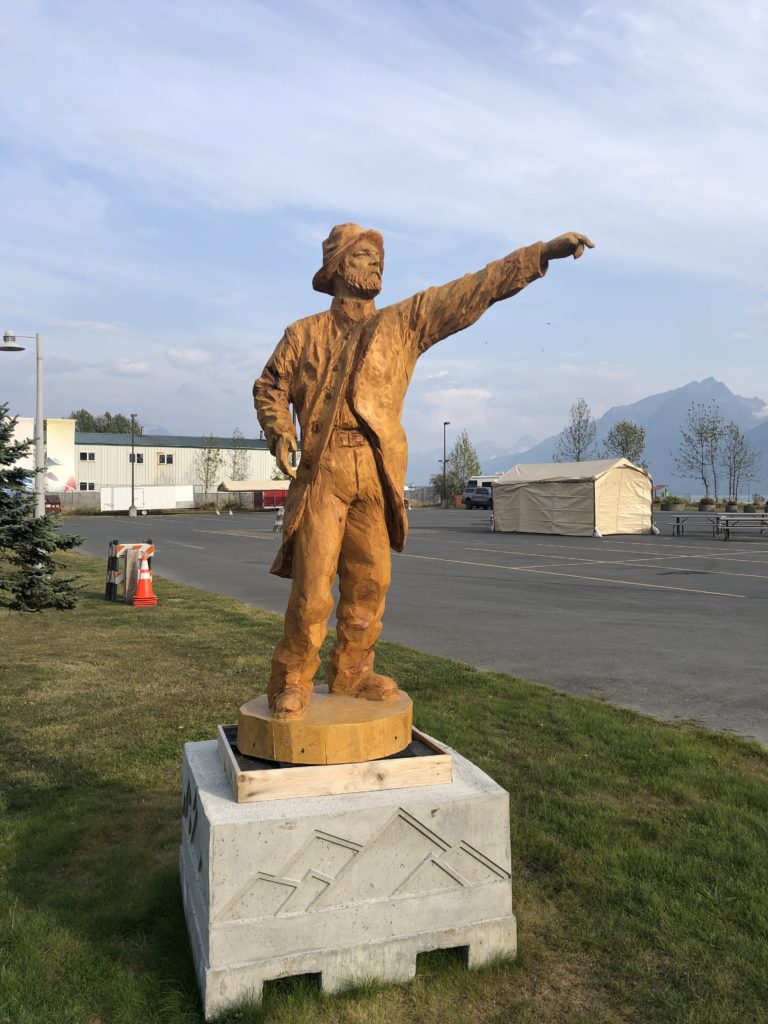
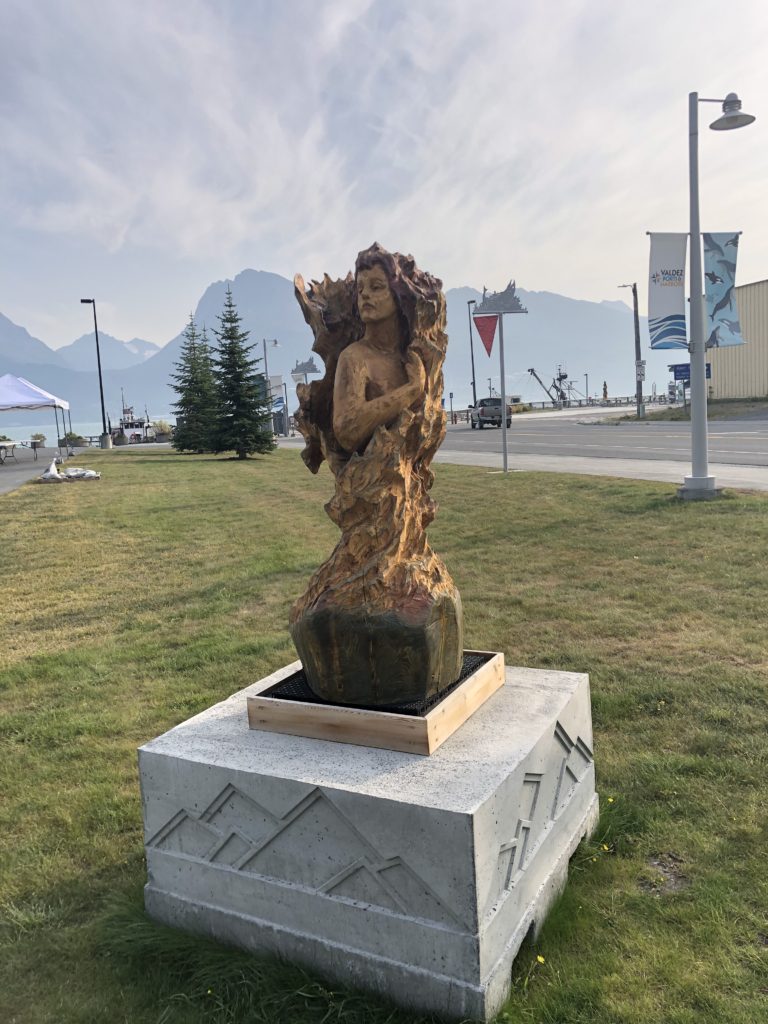
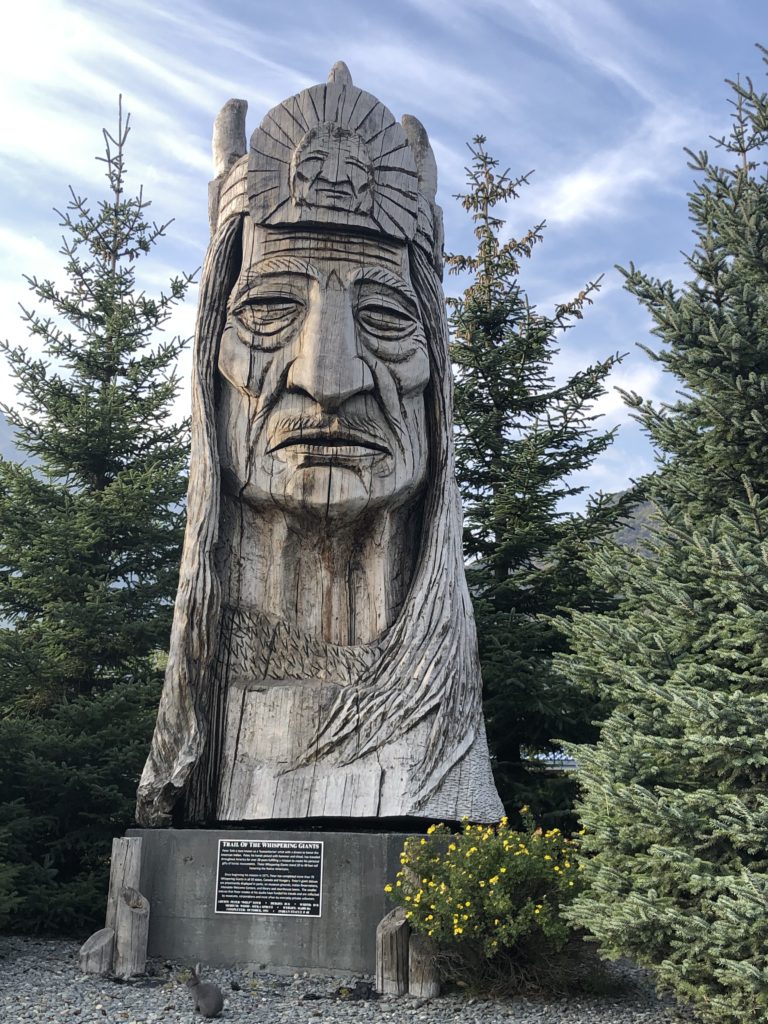
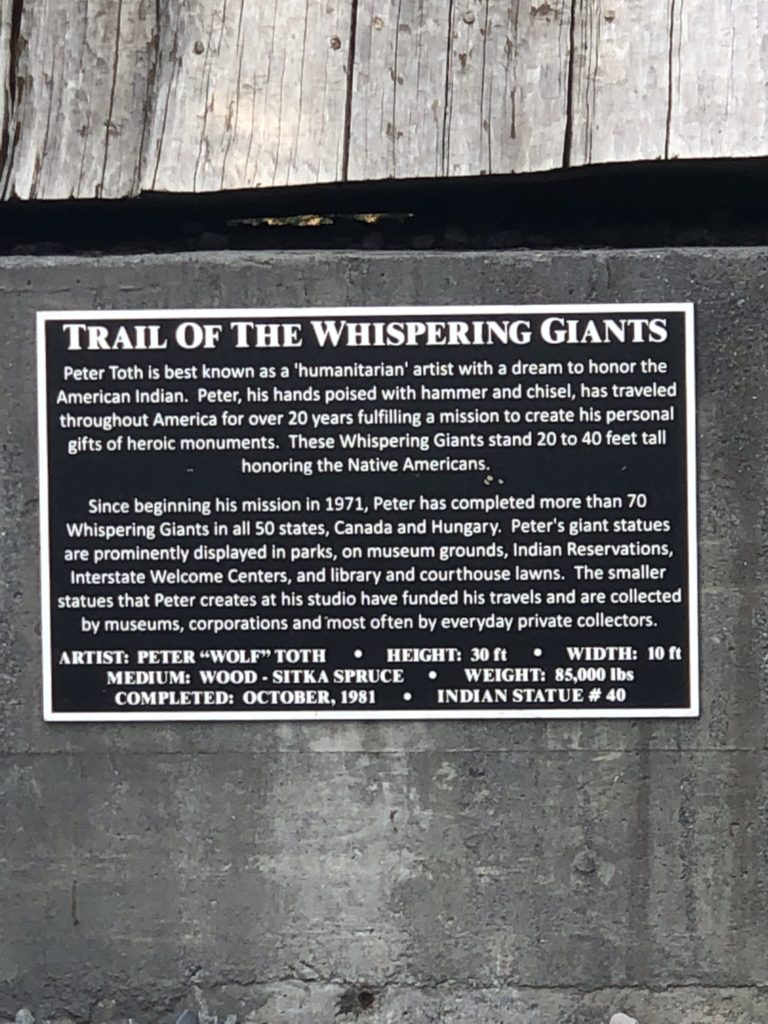
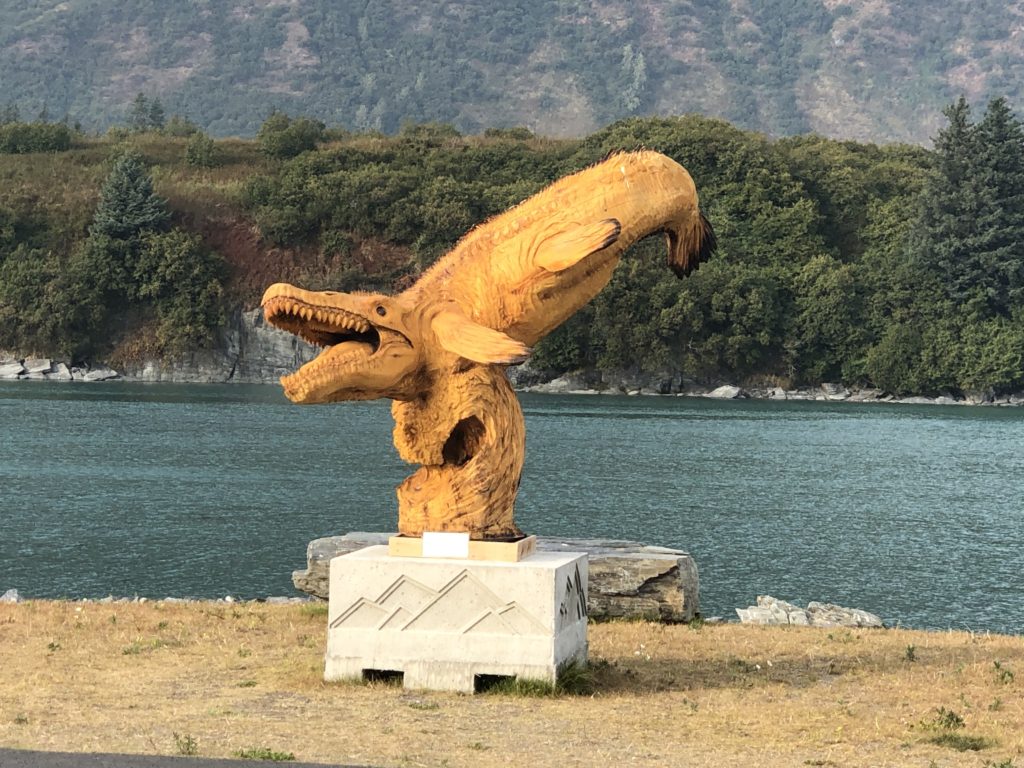
On our last night in Valdez, Jim and Jane made a wonderful Italian dinner for everyone. The Bolognese meat-based sauce was very good! The caravan provided the salad and bread sticks. Debbie and several other couples made dessert!
